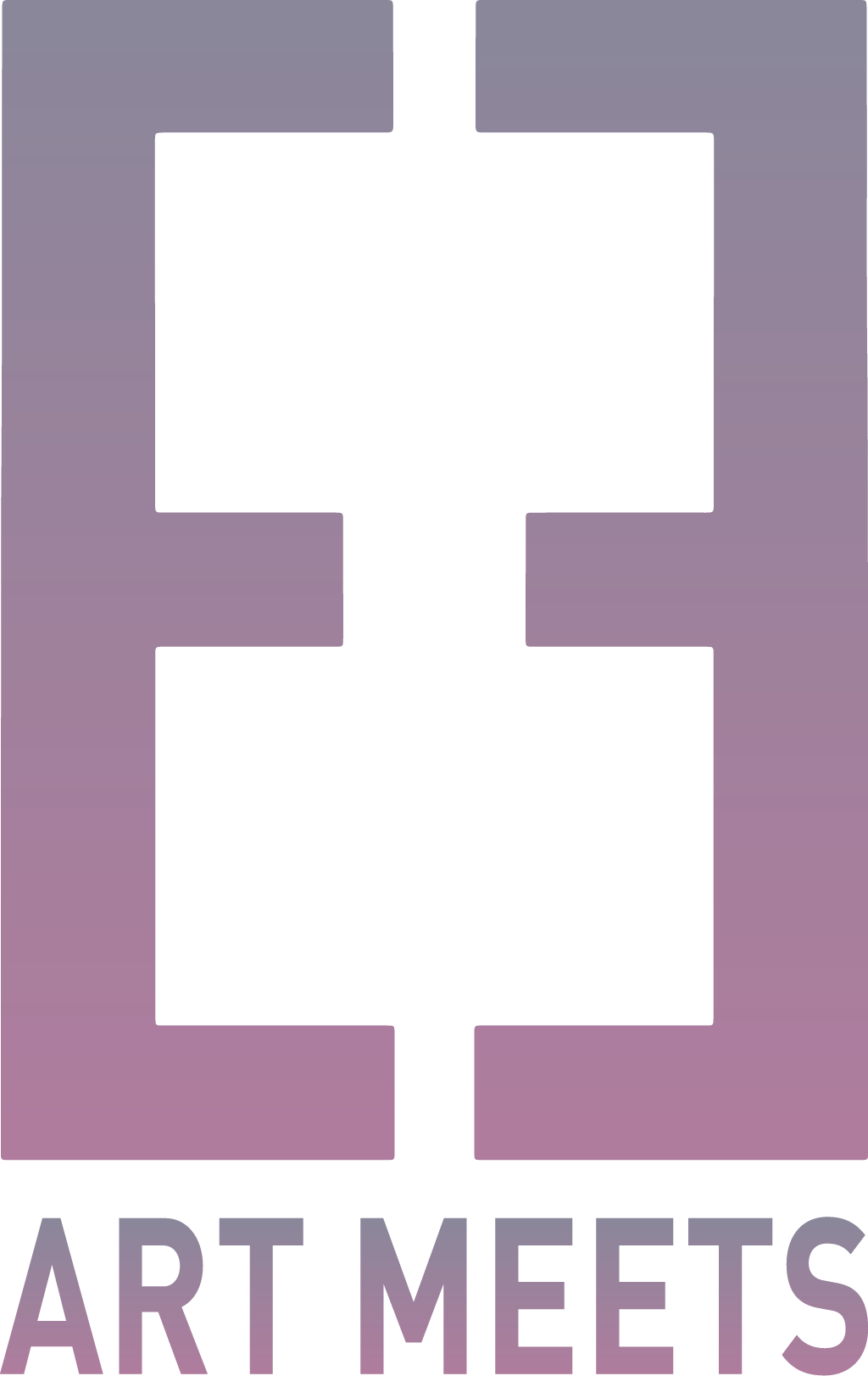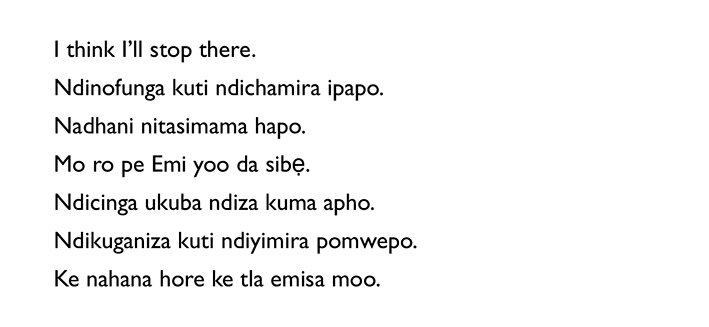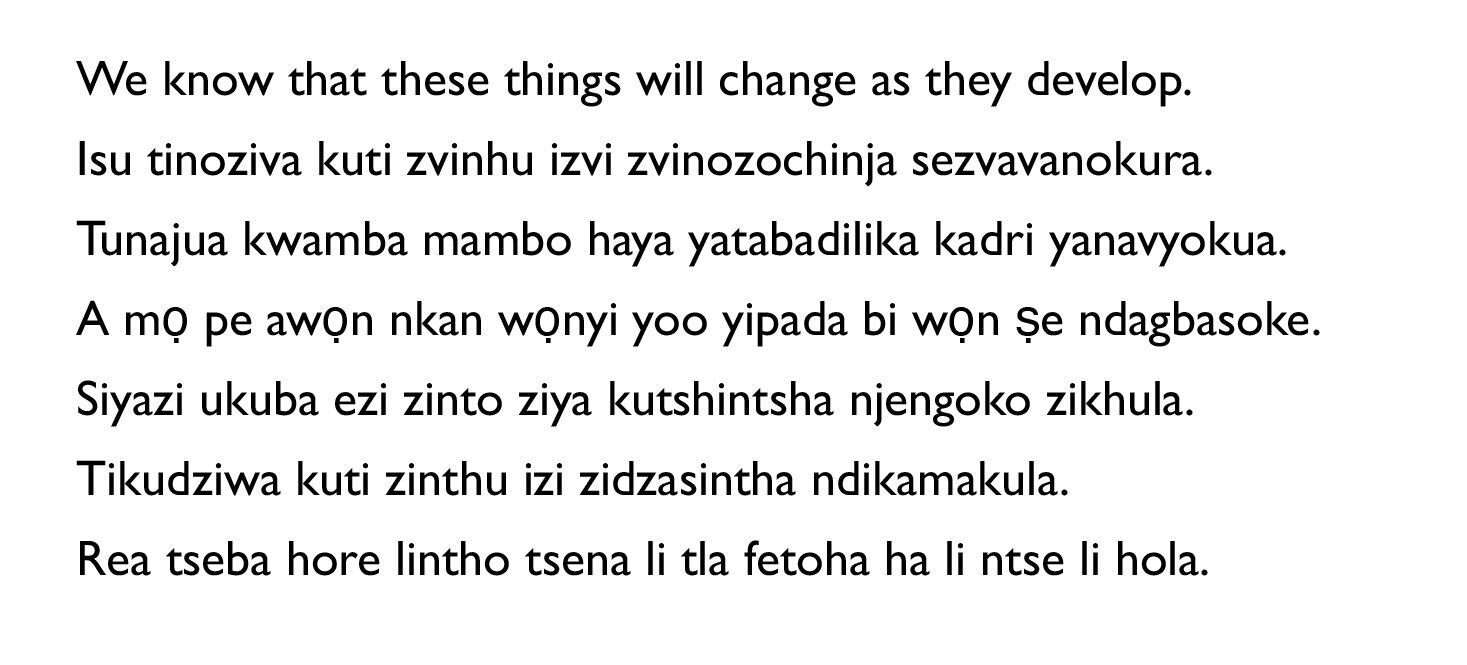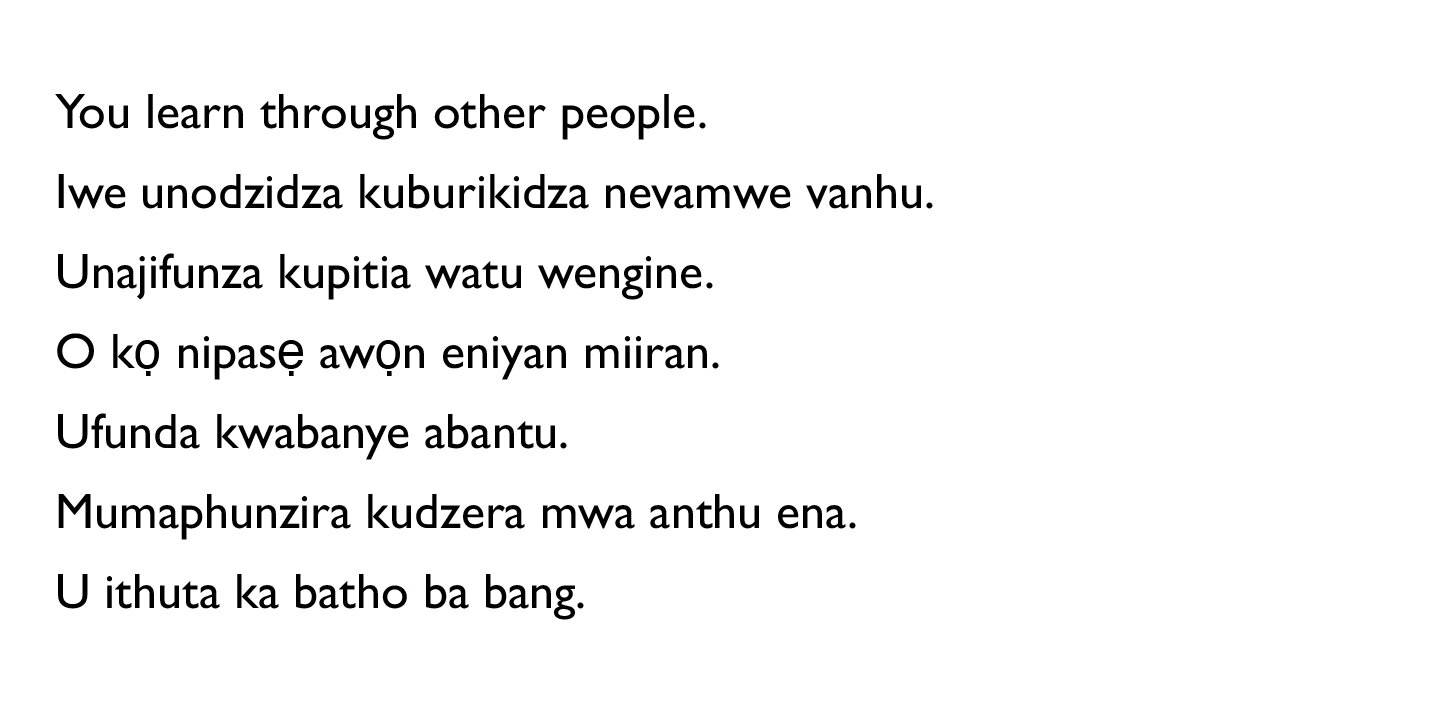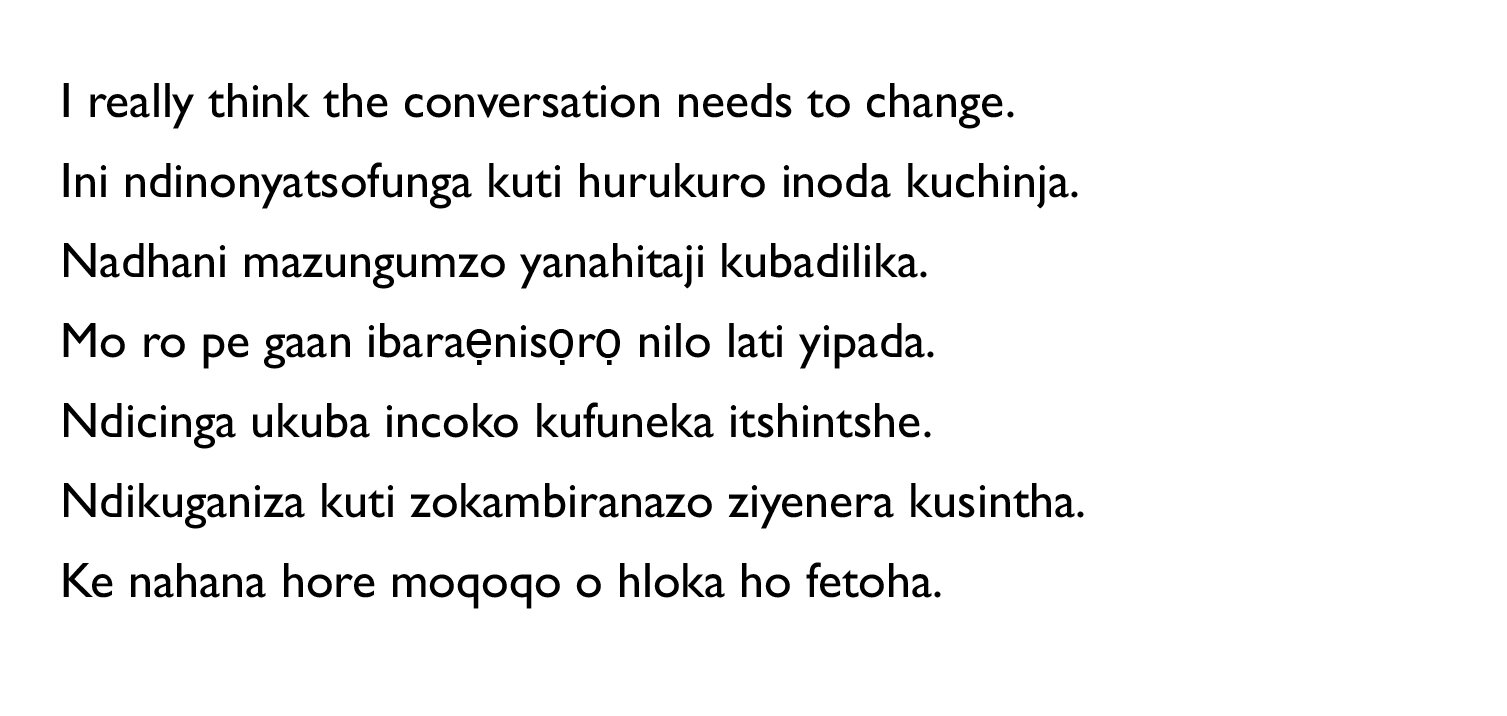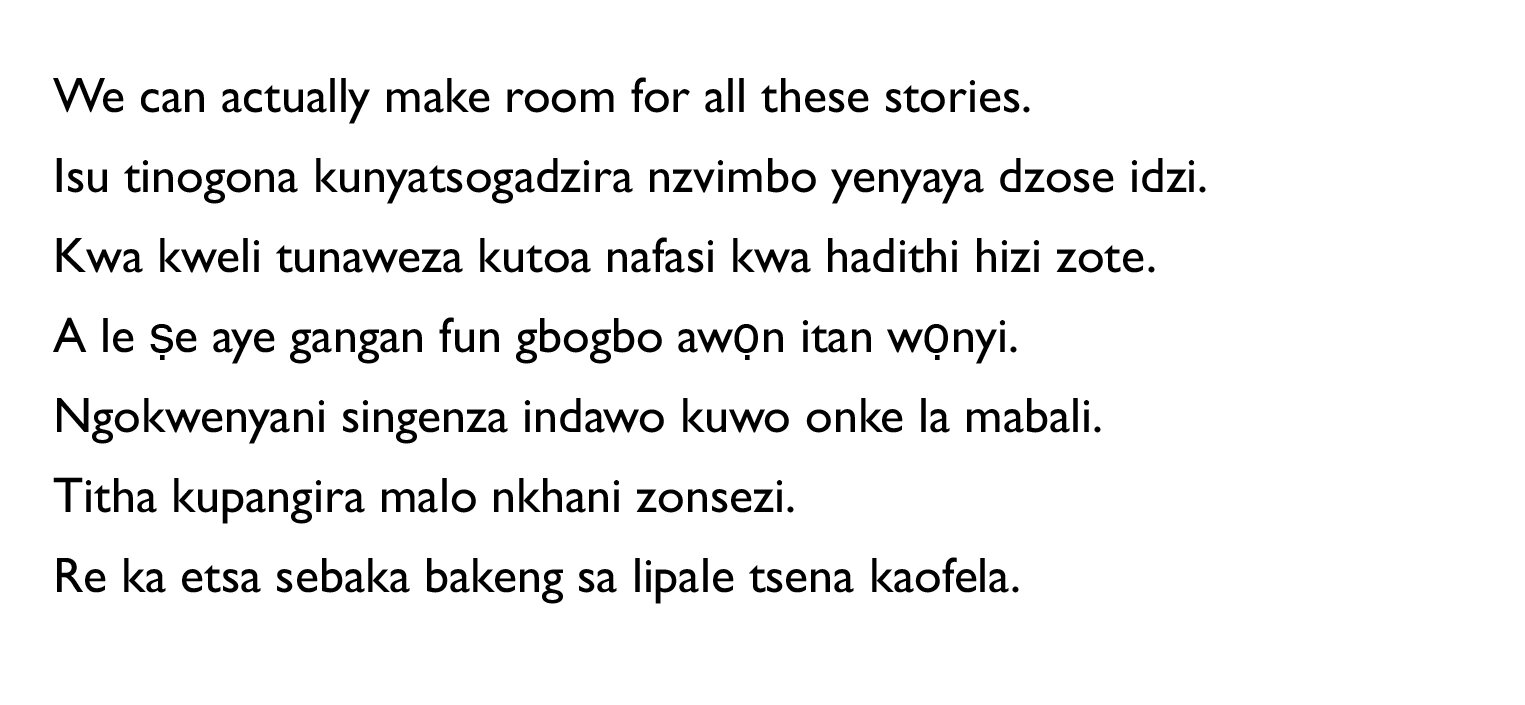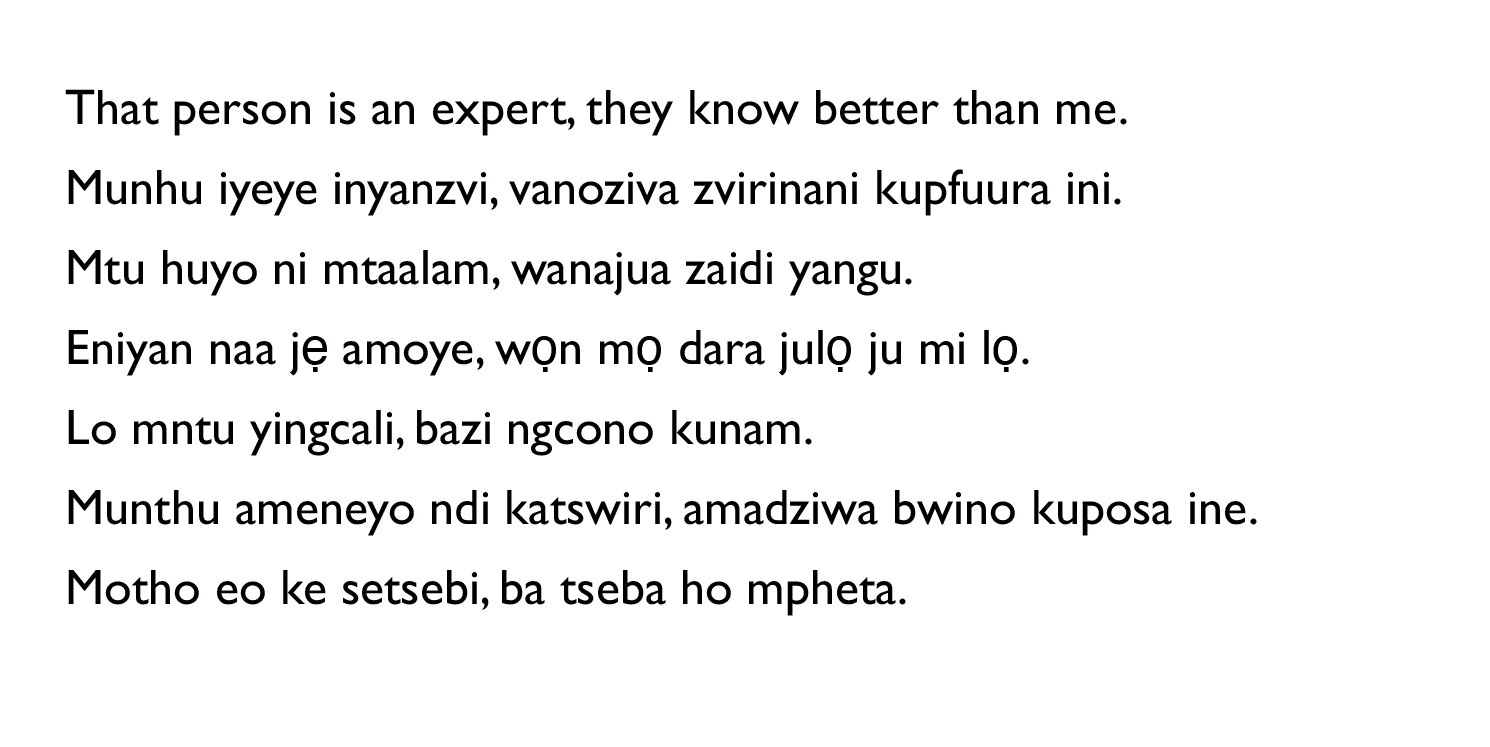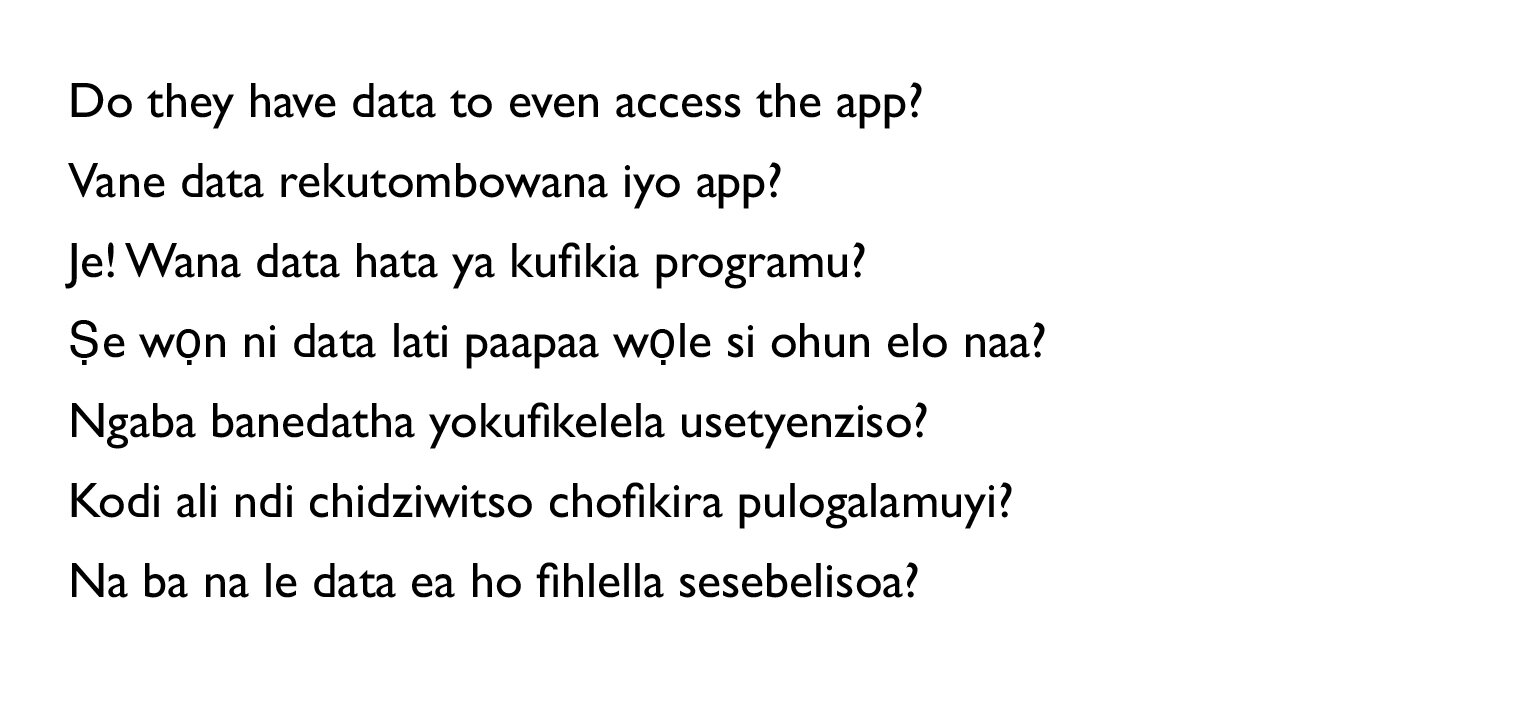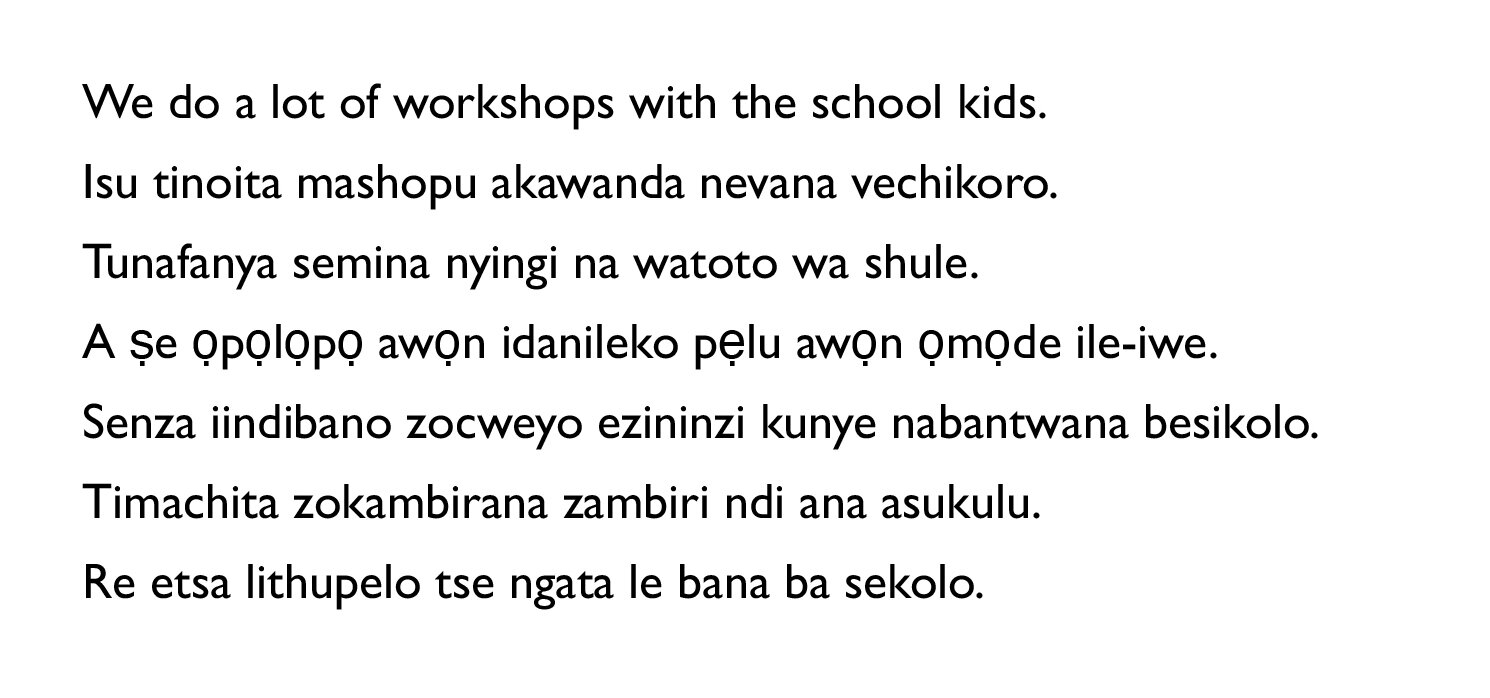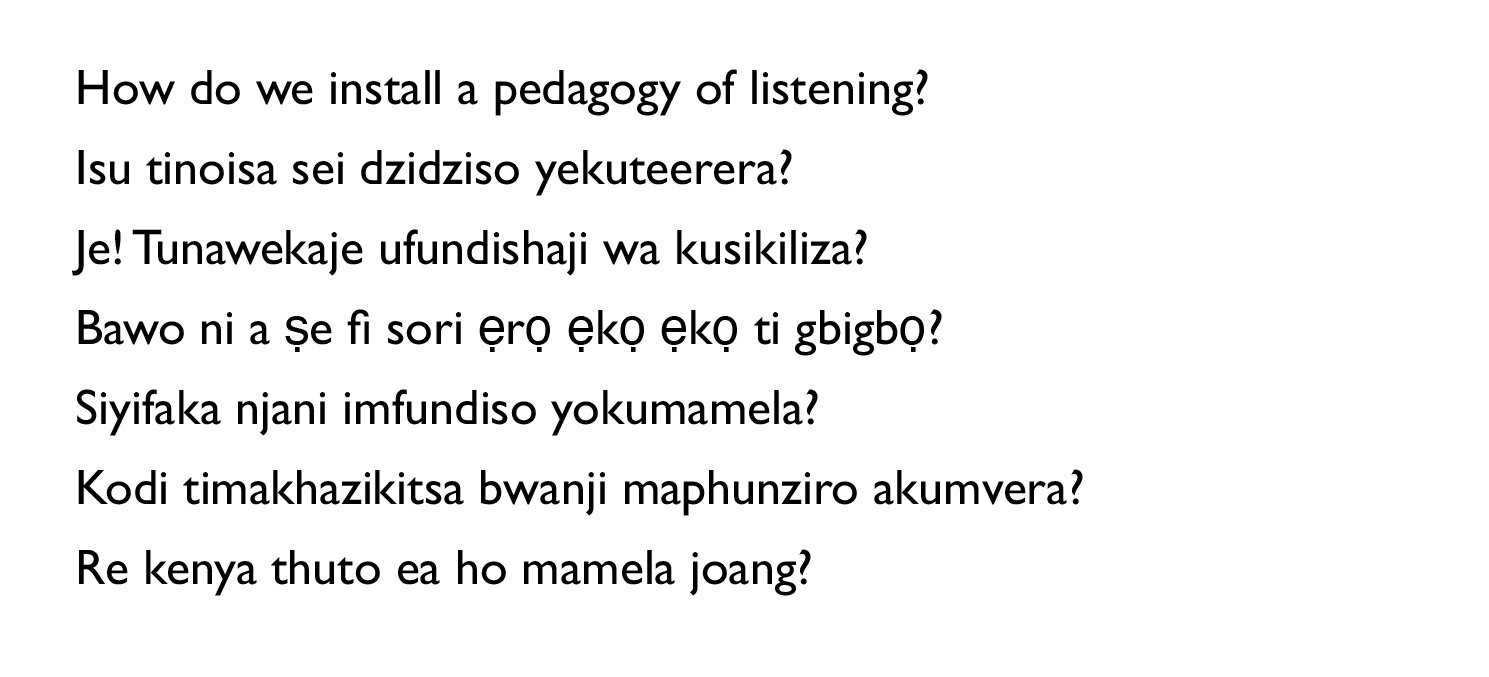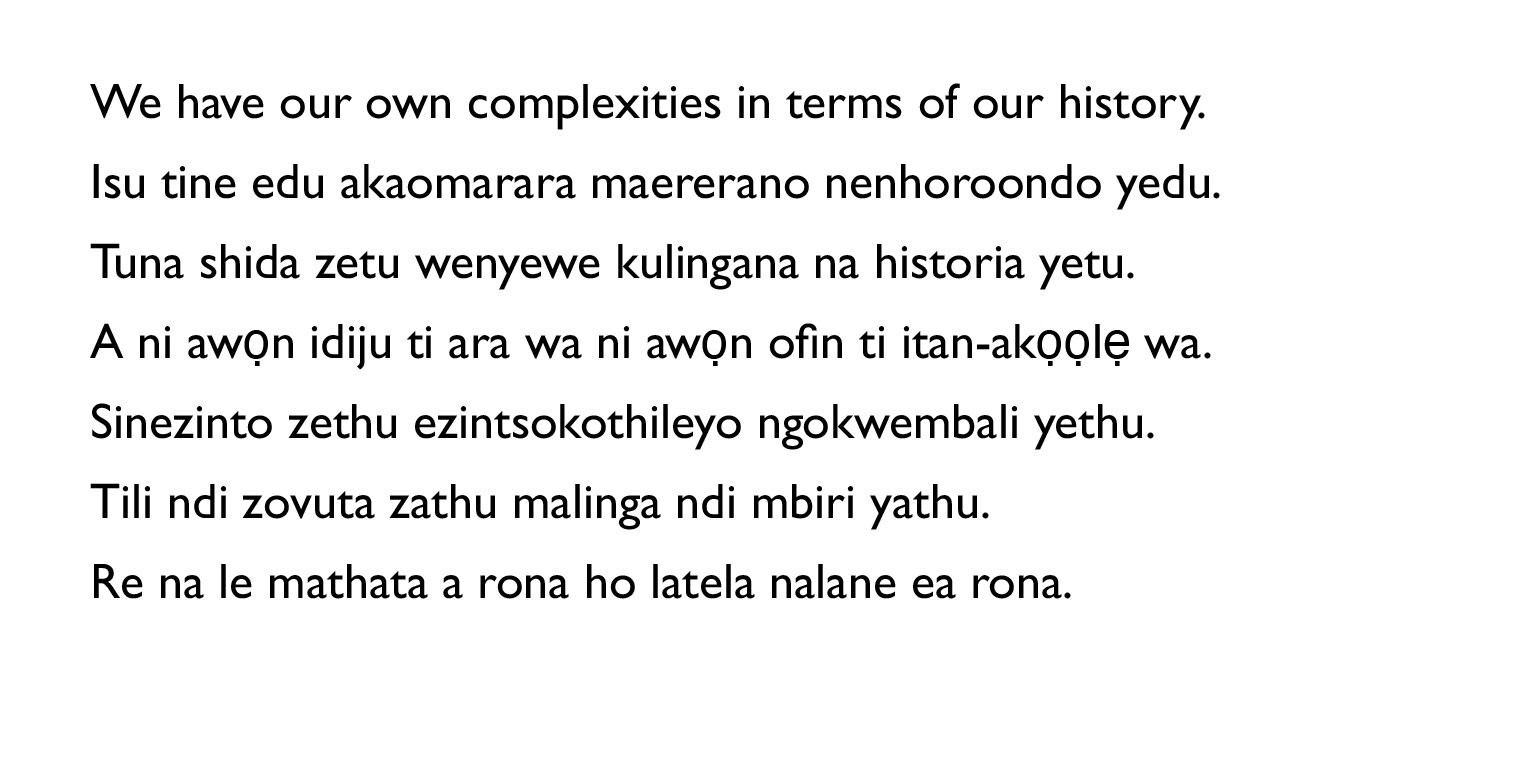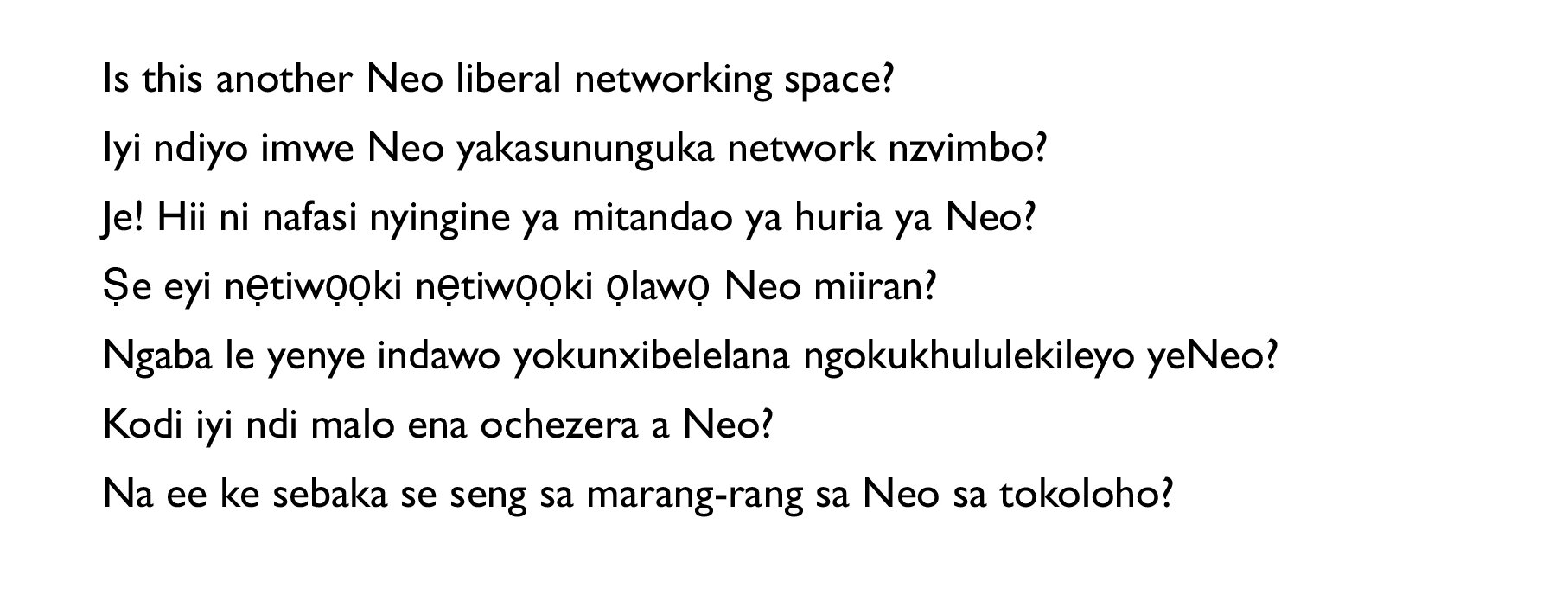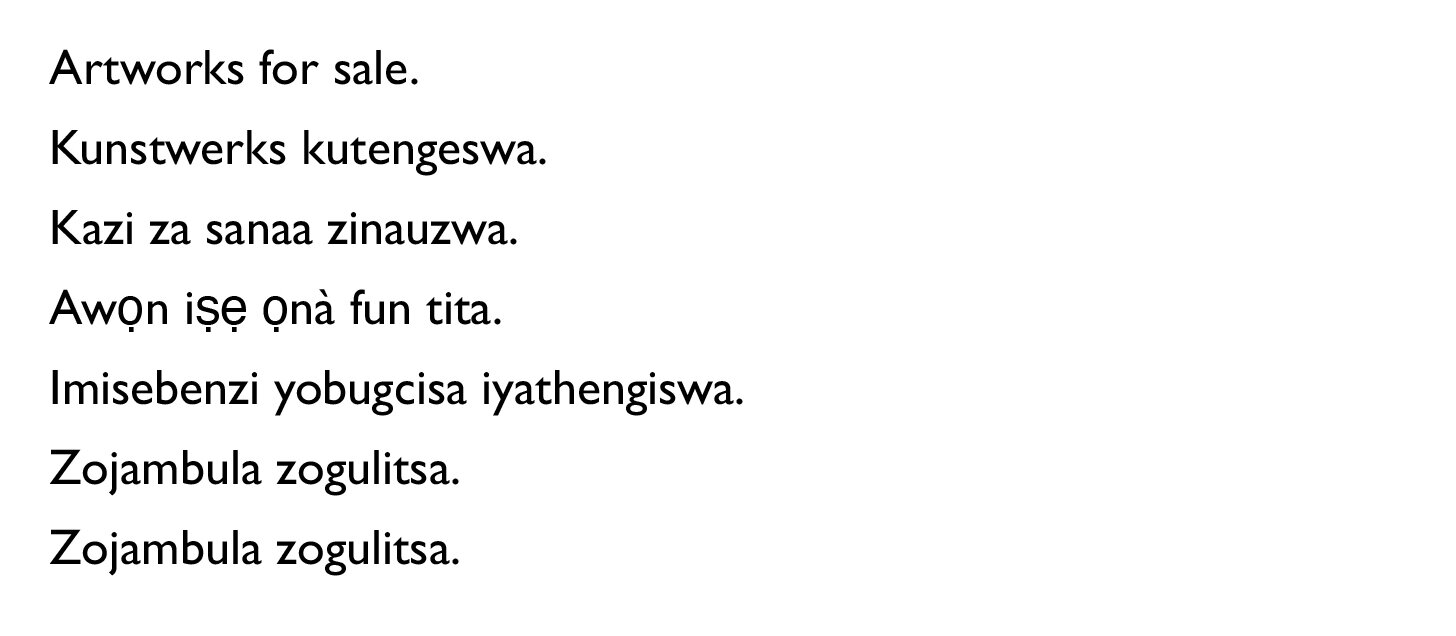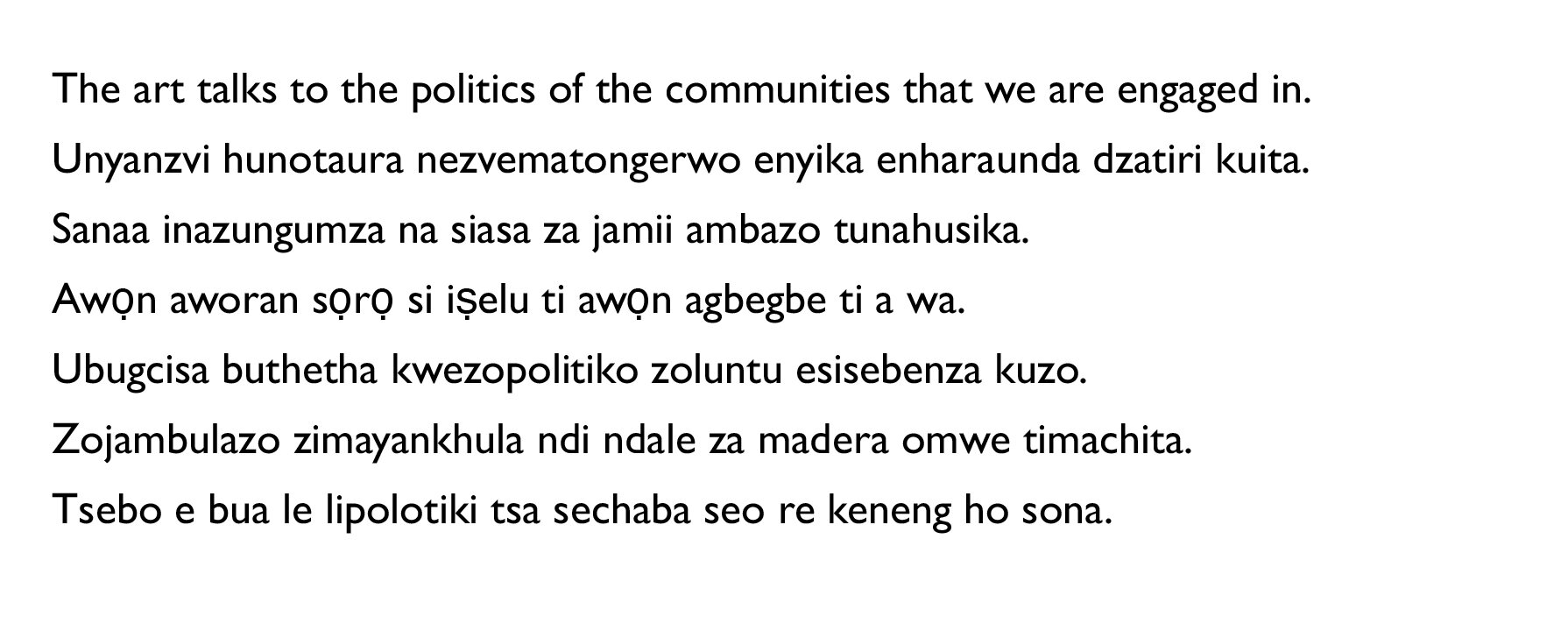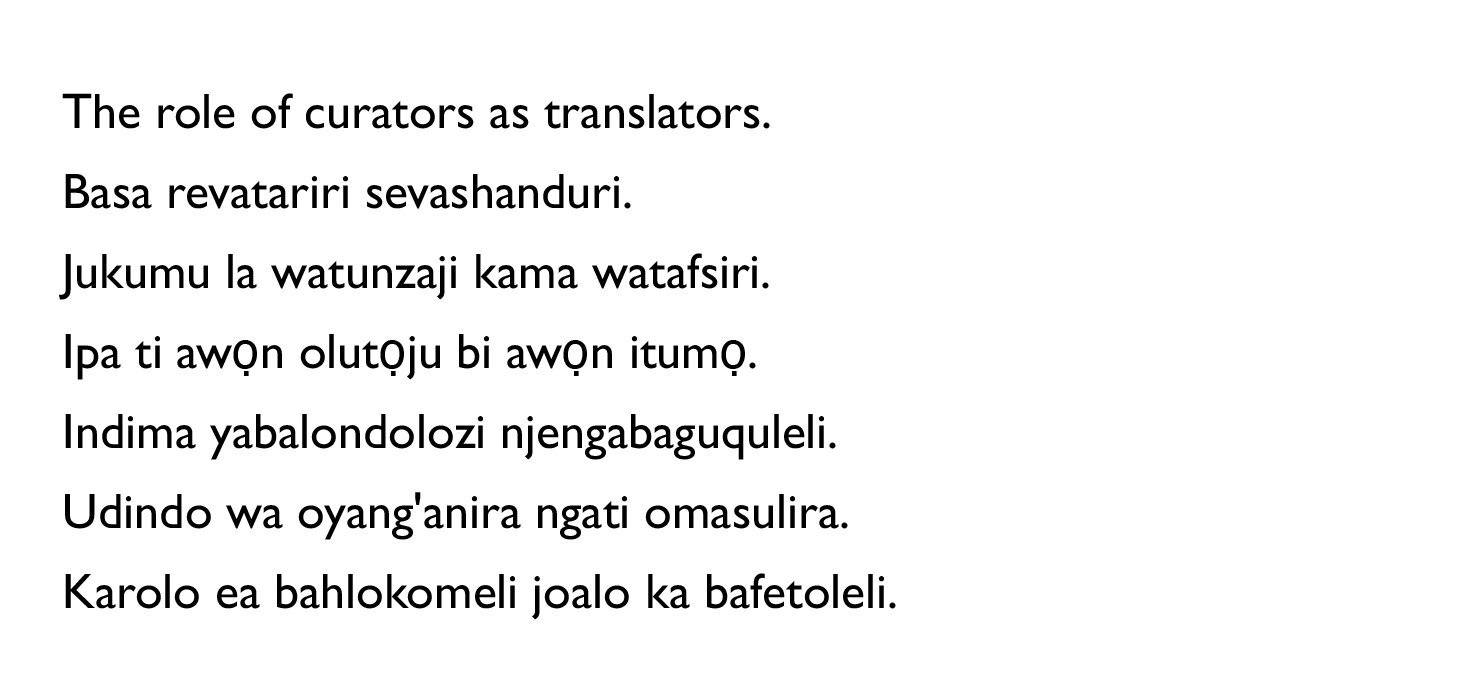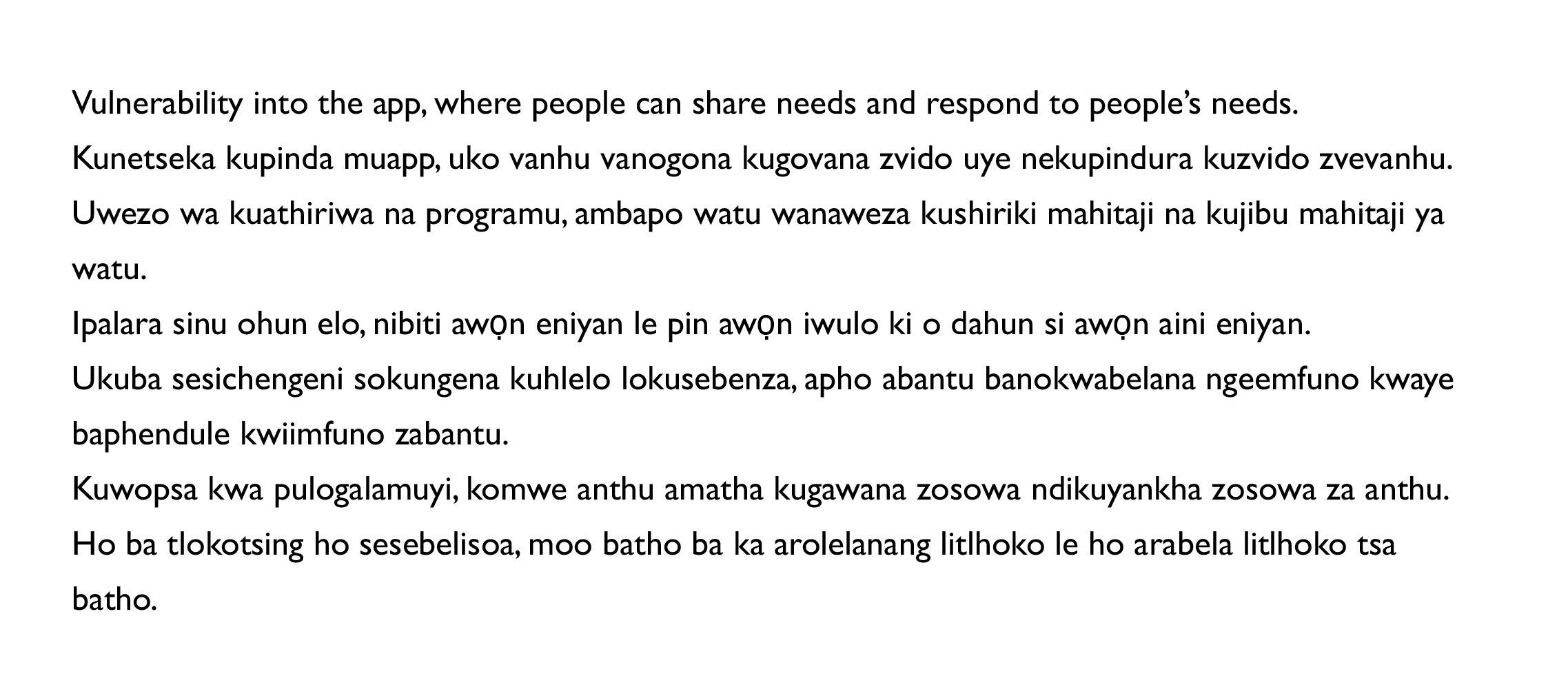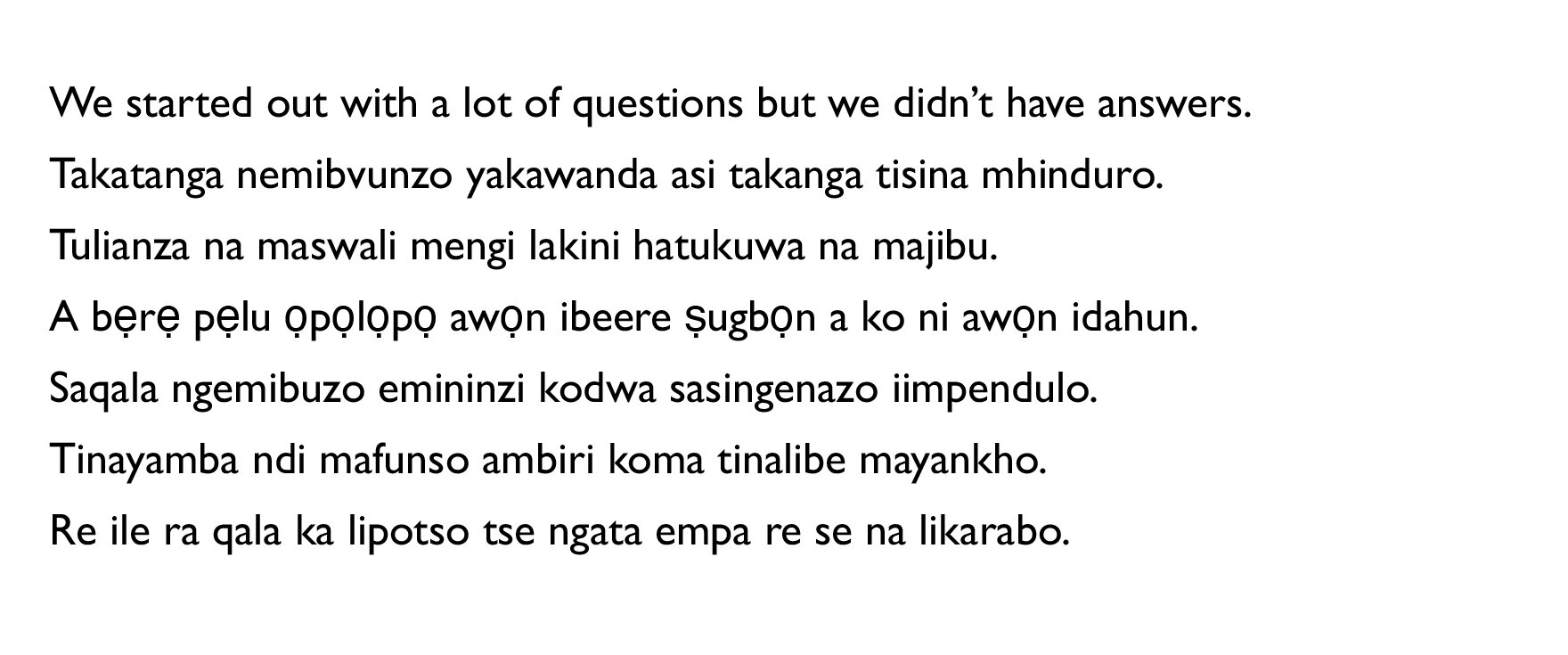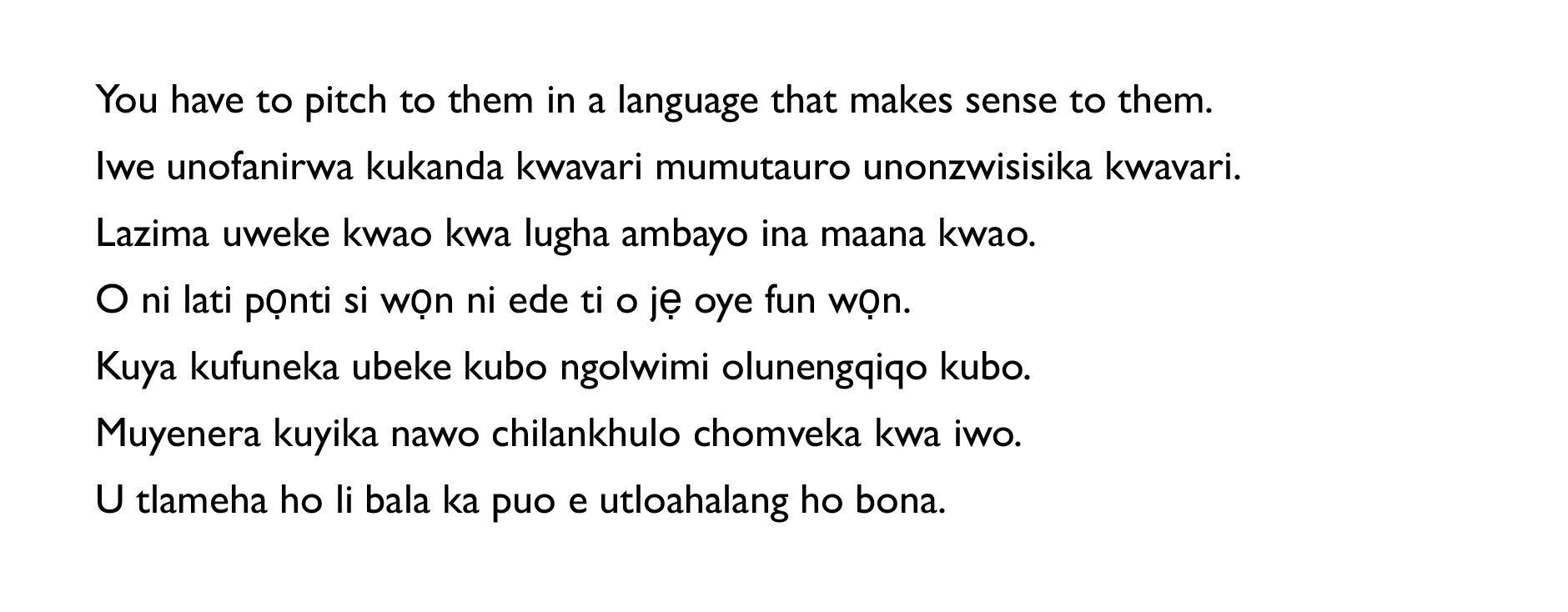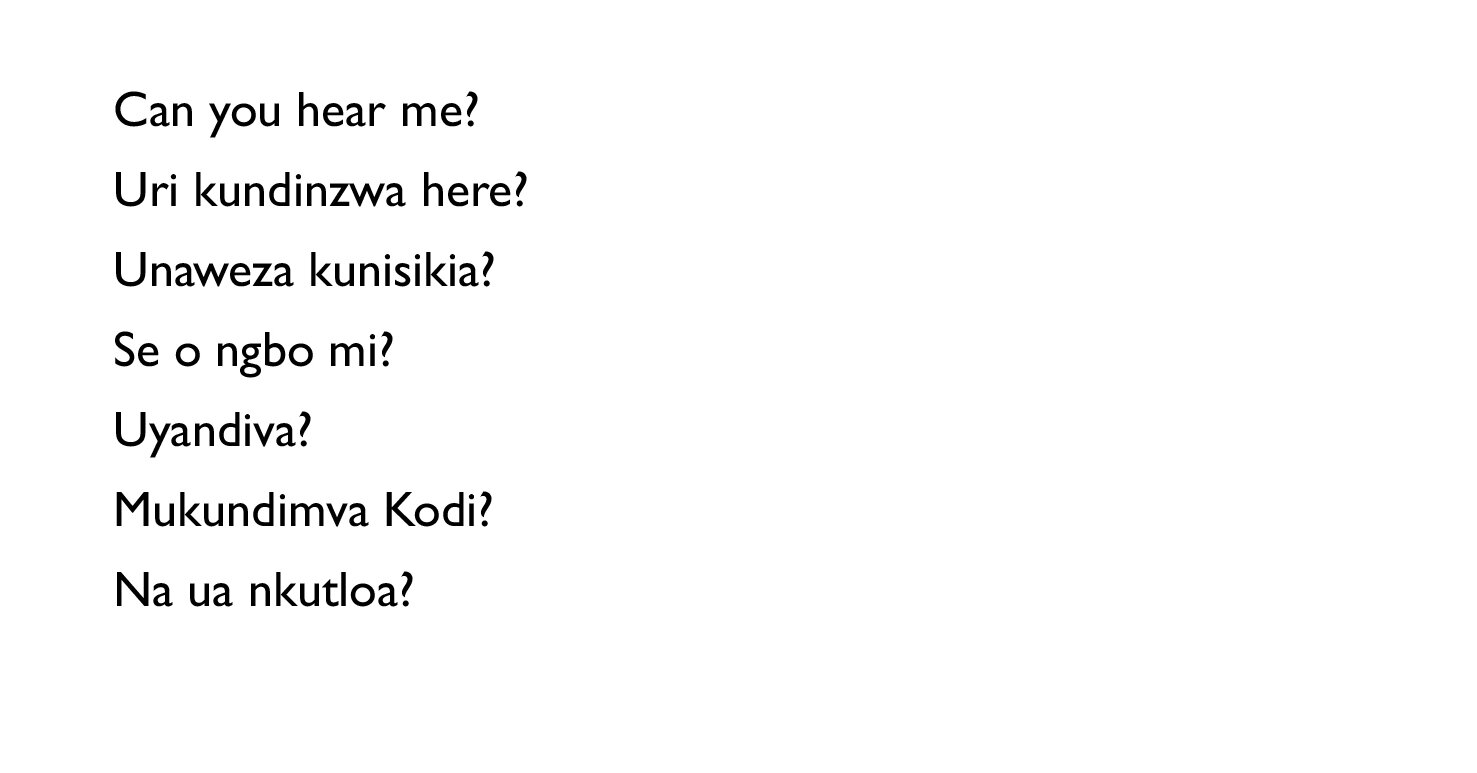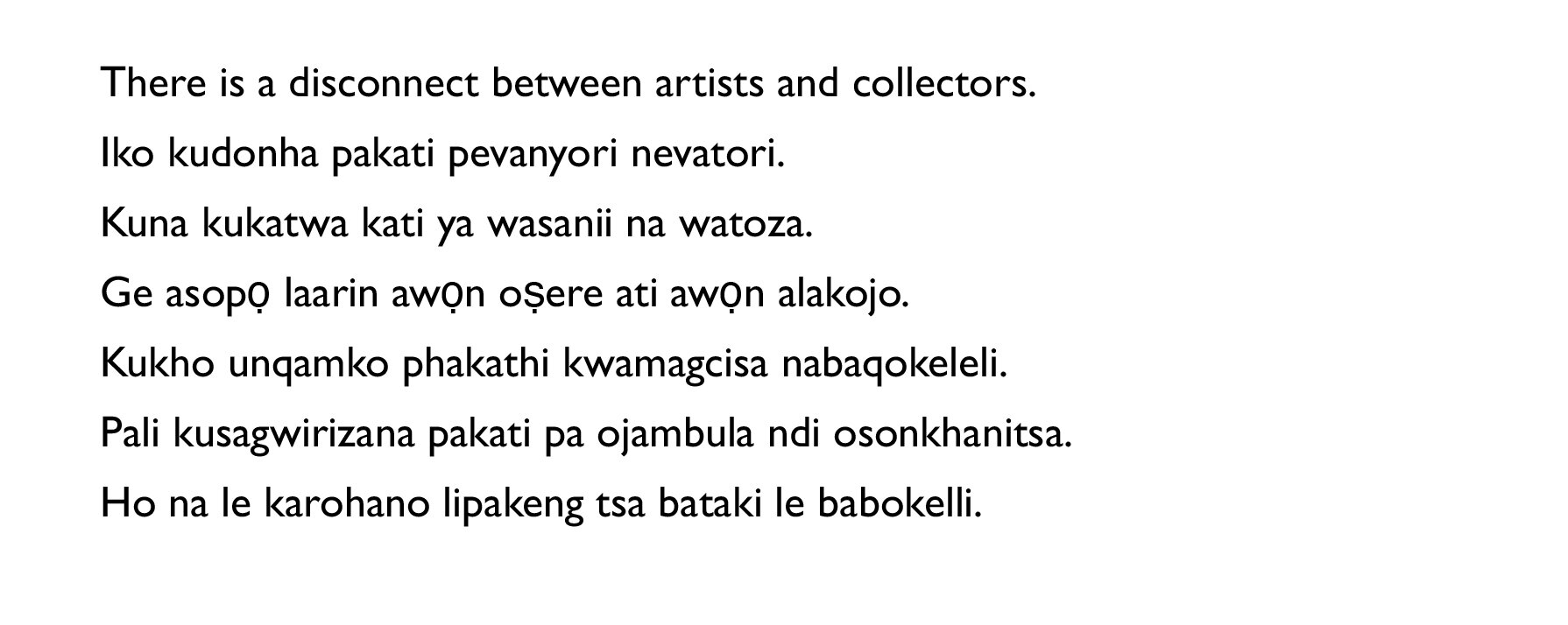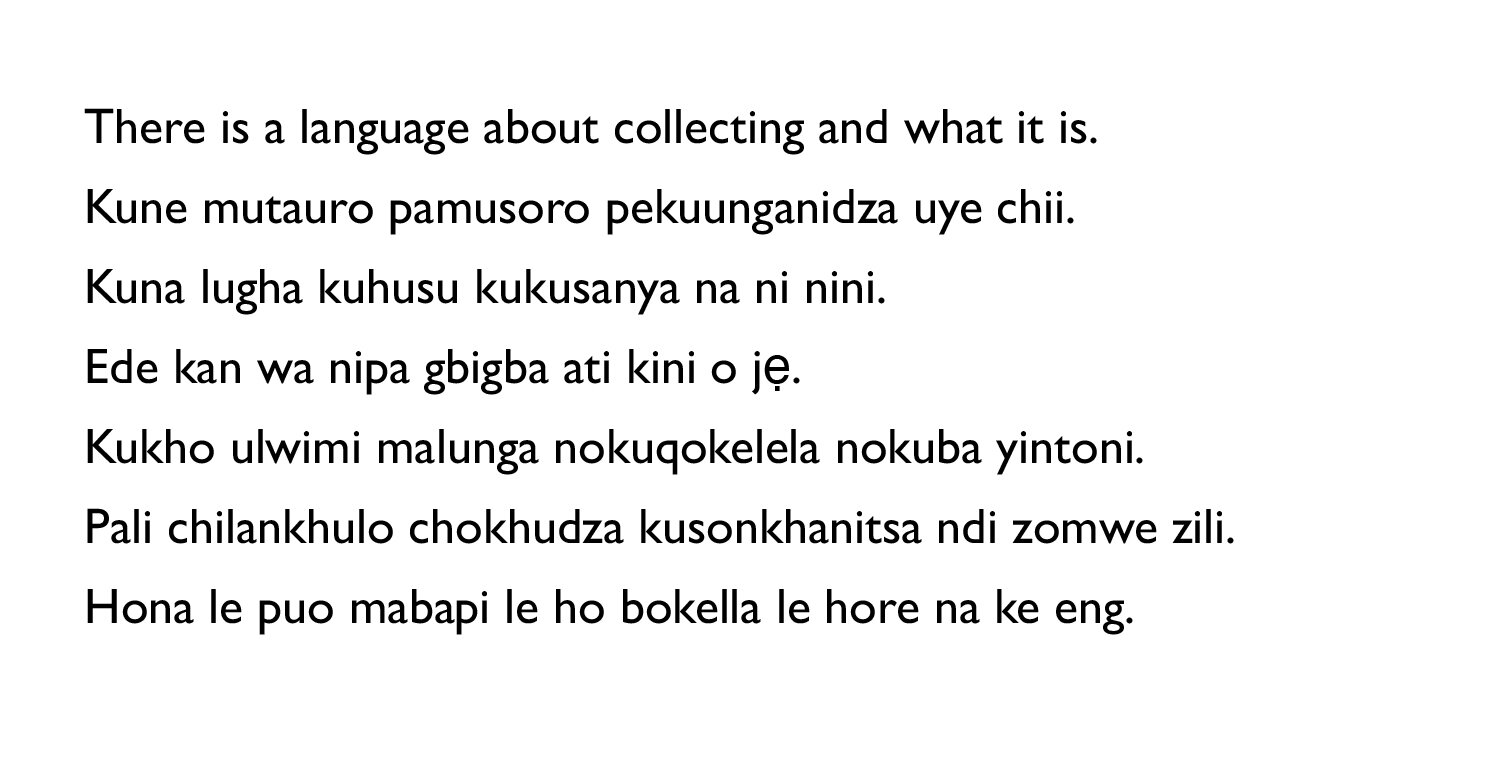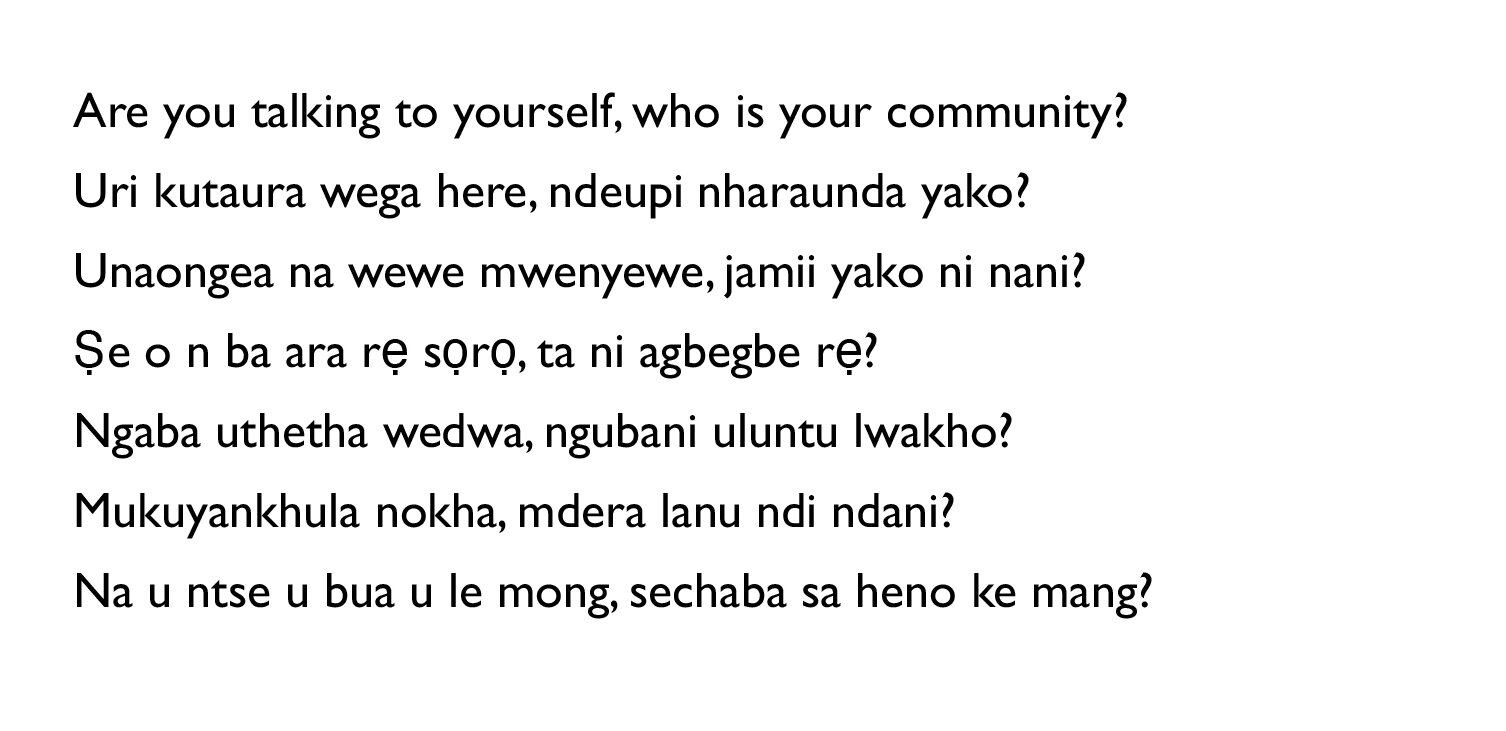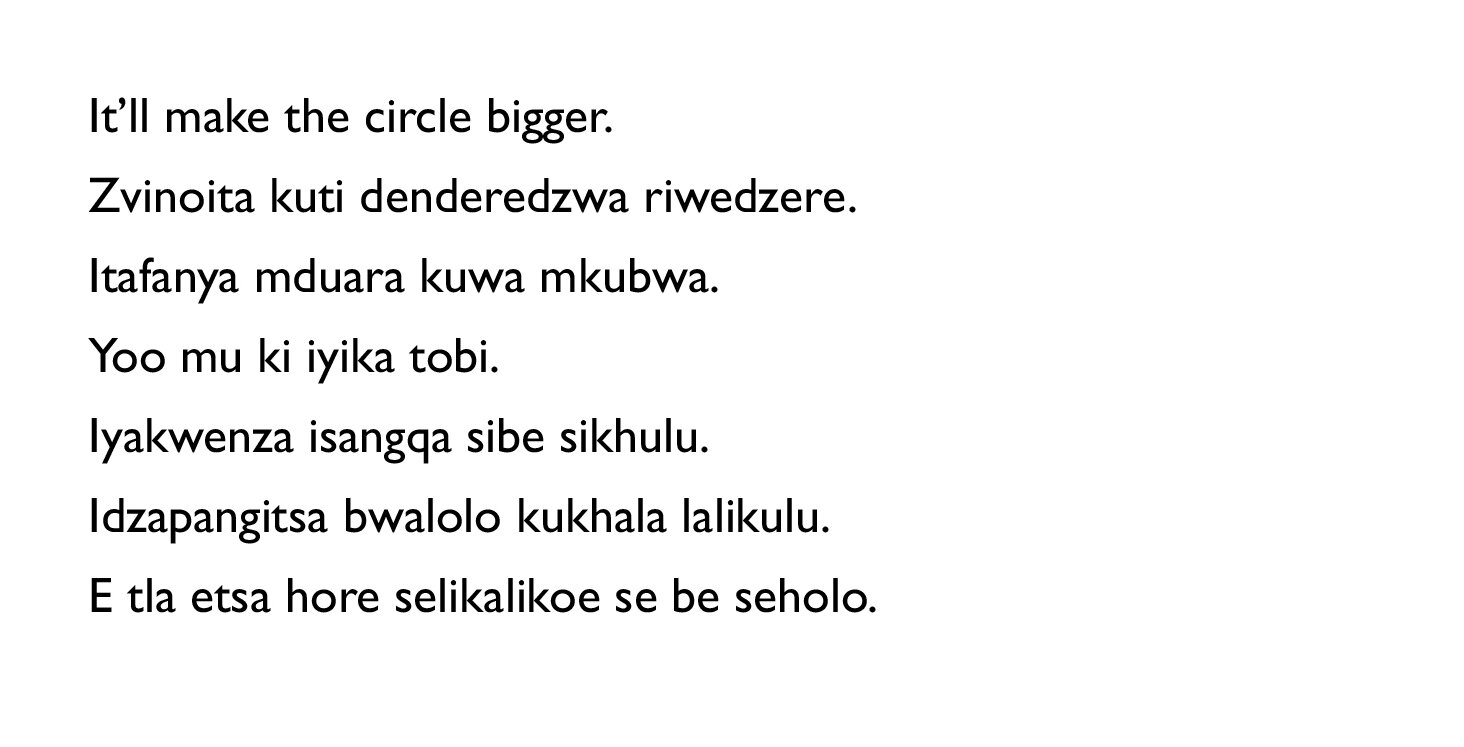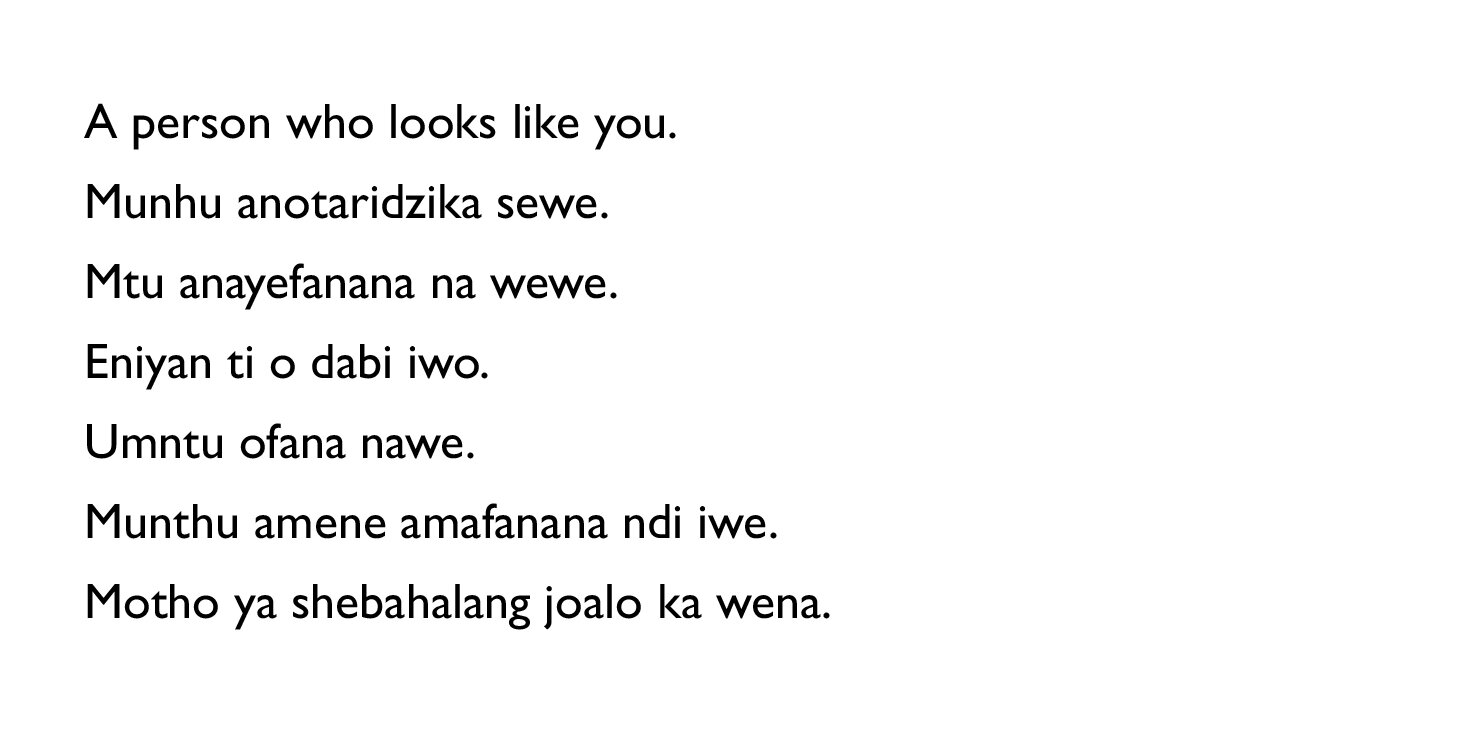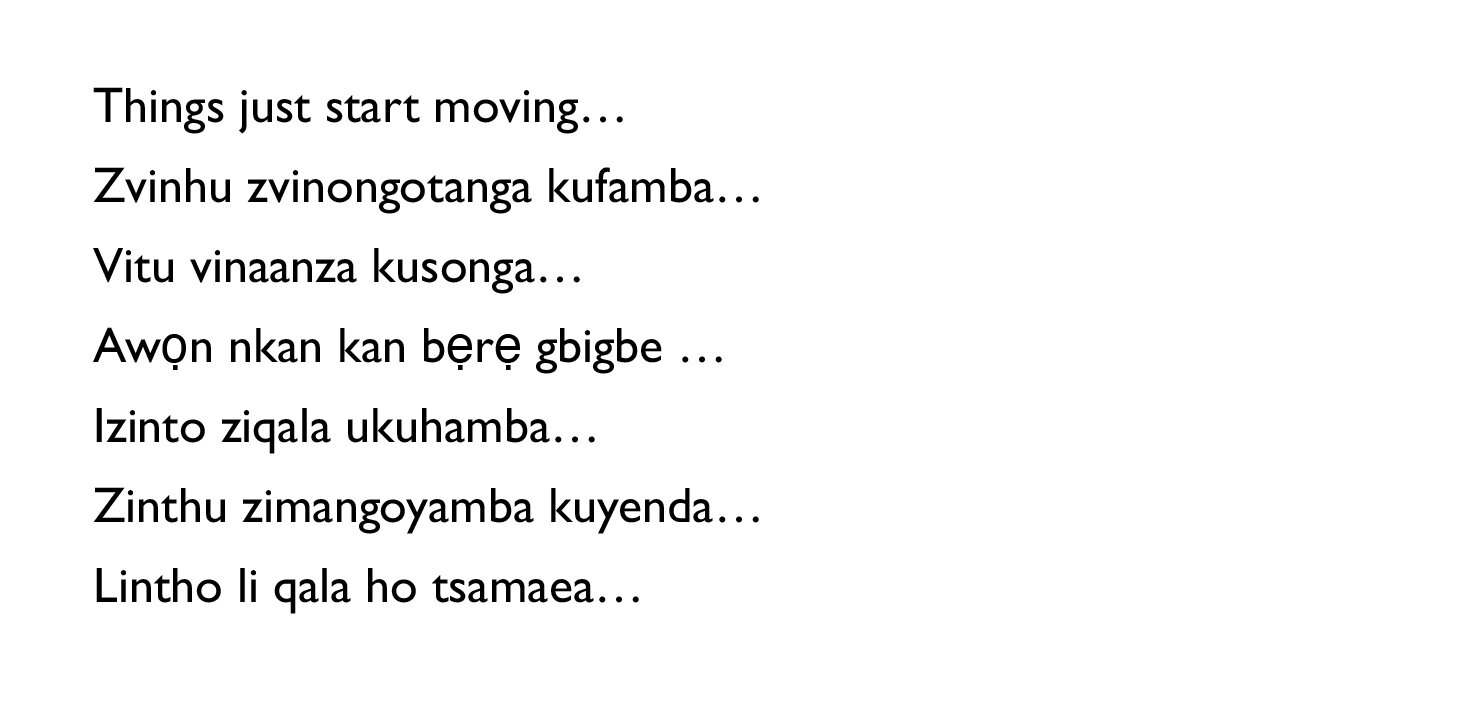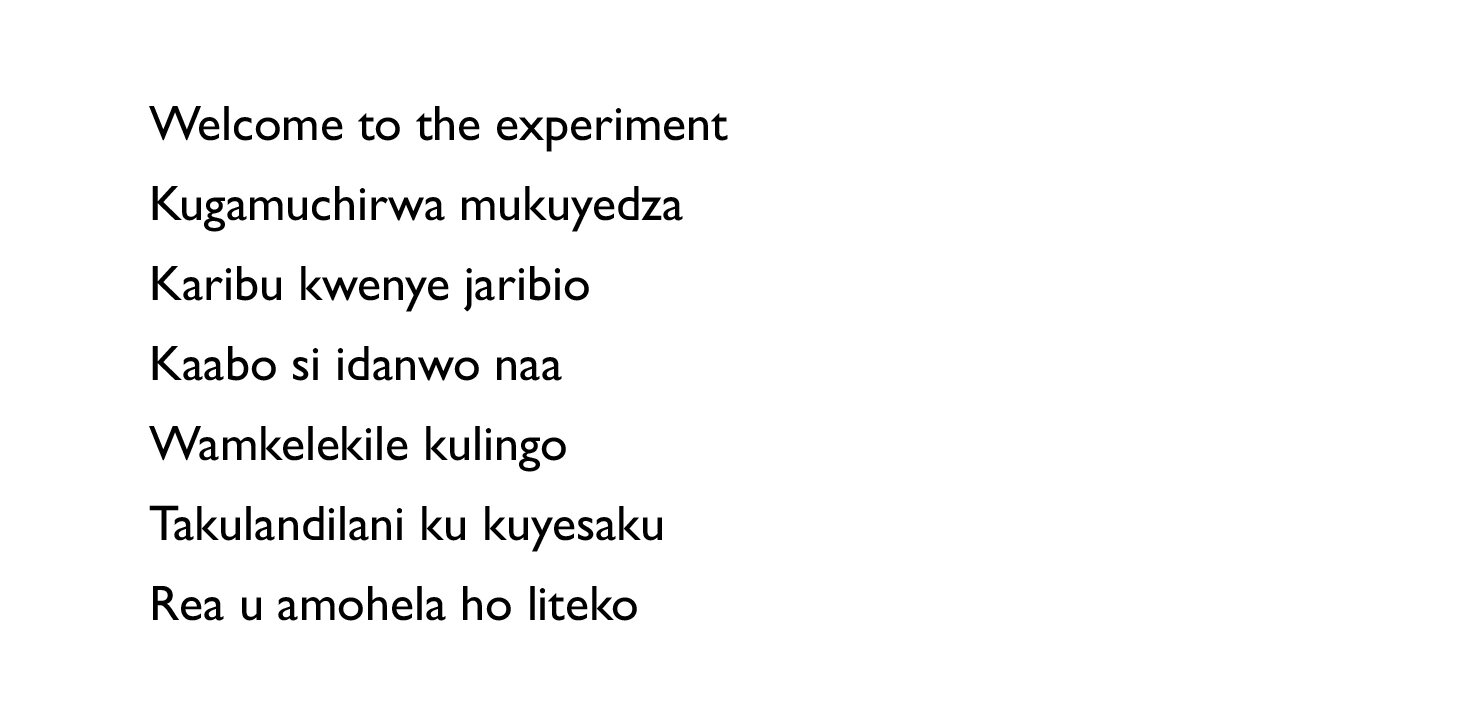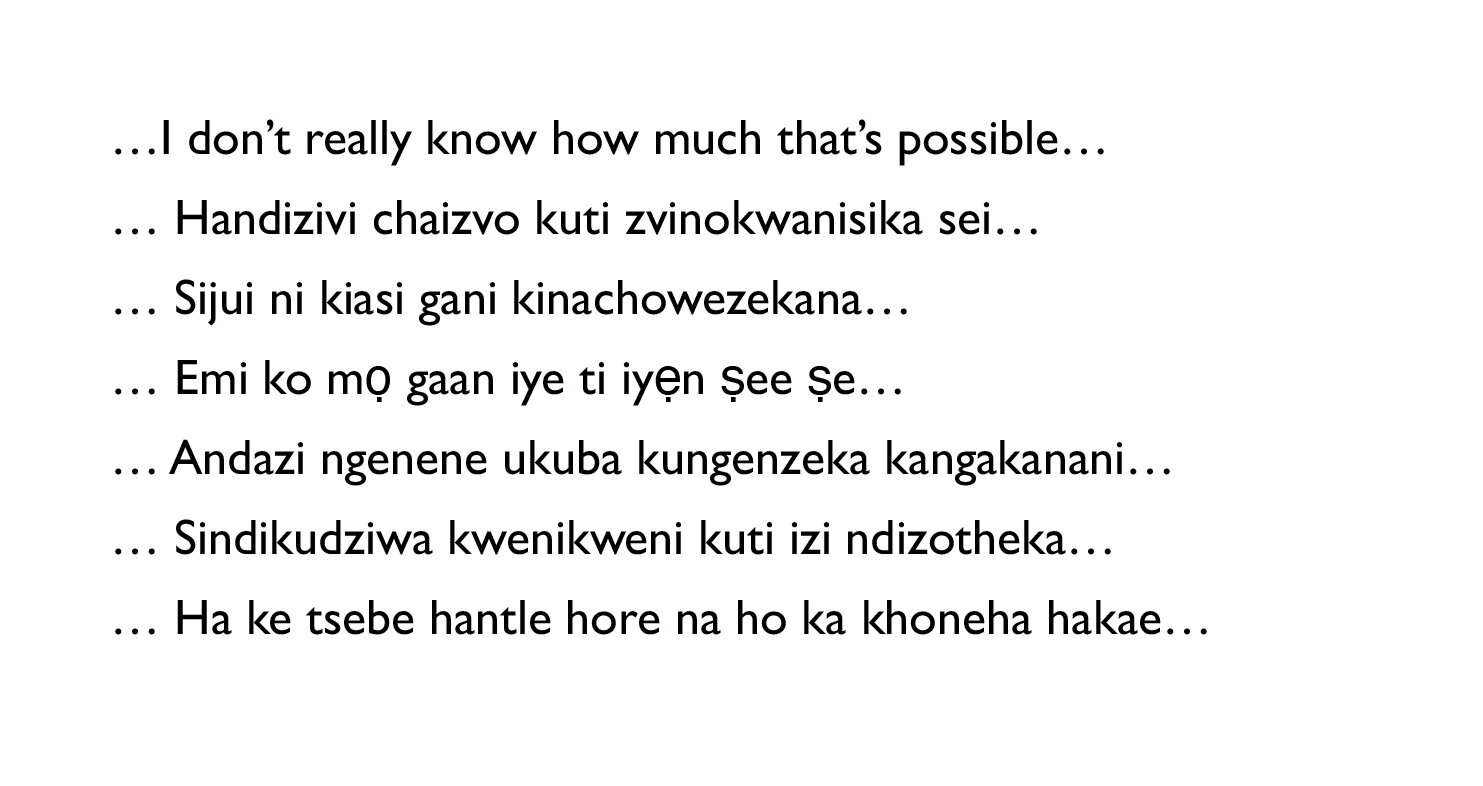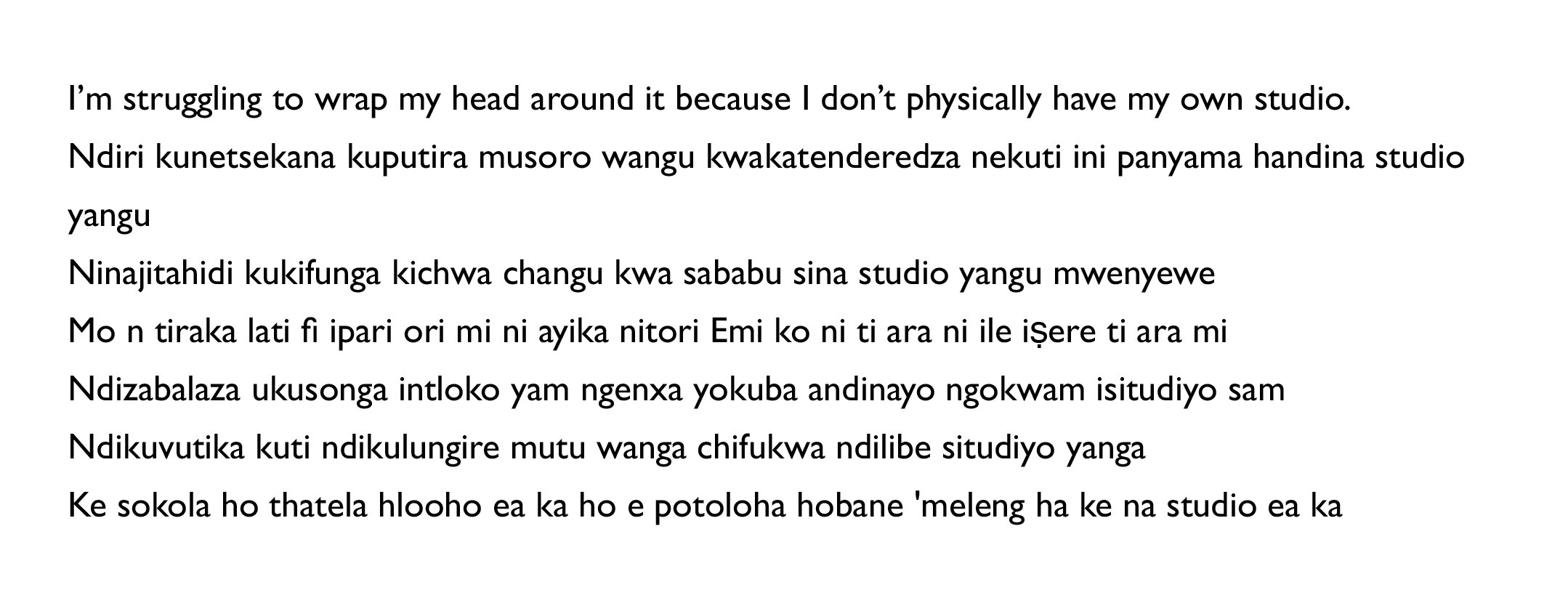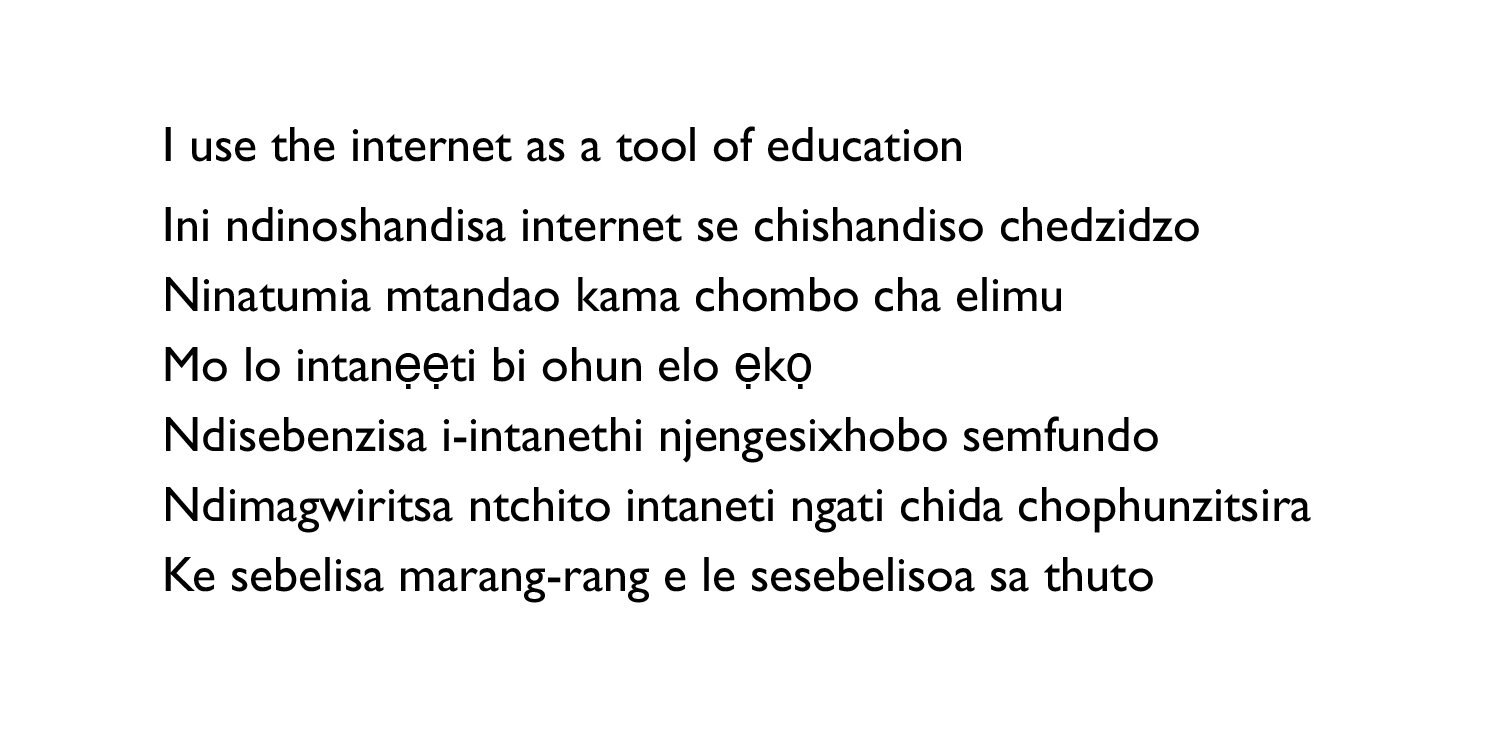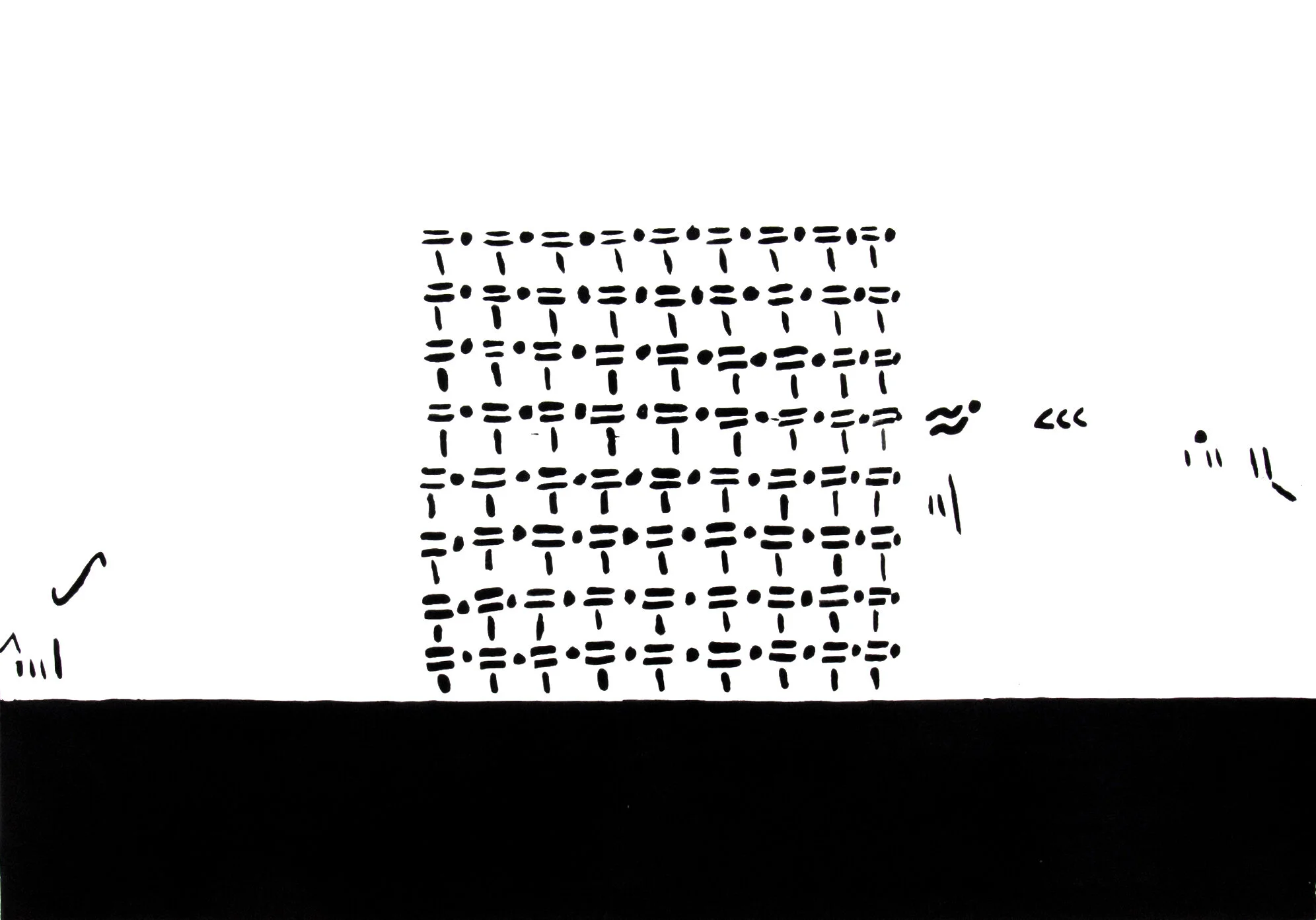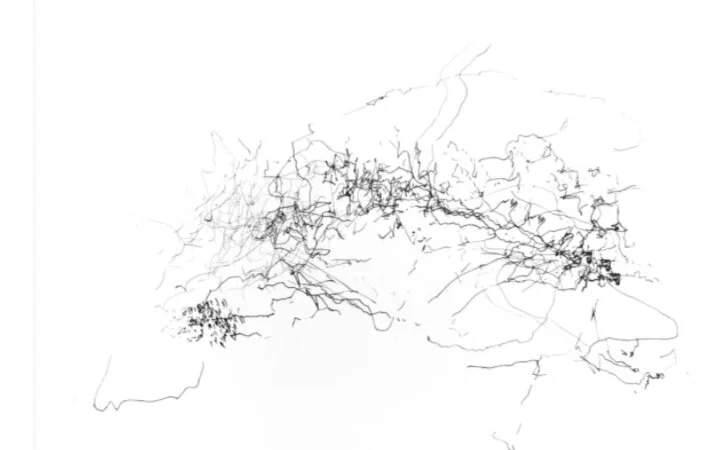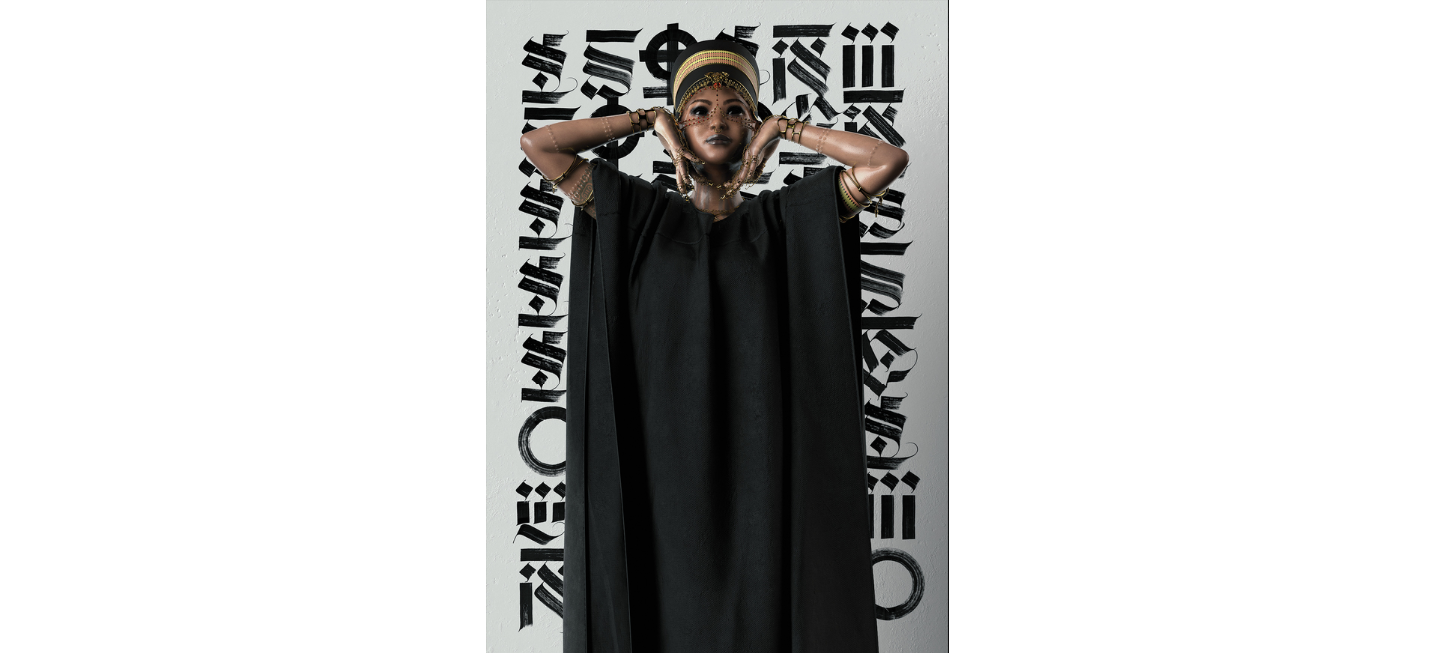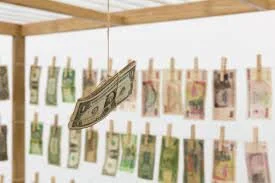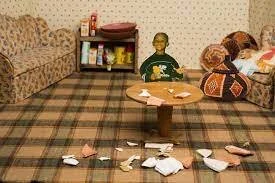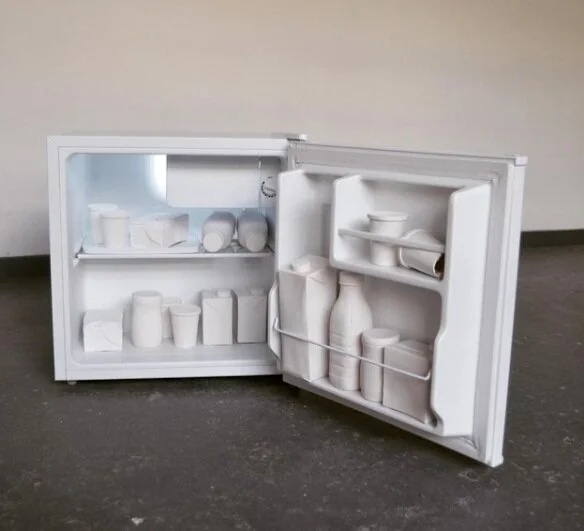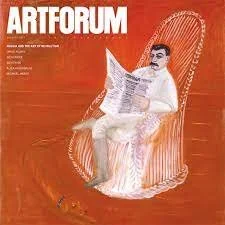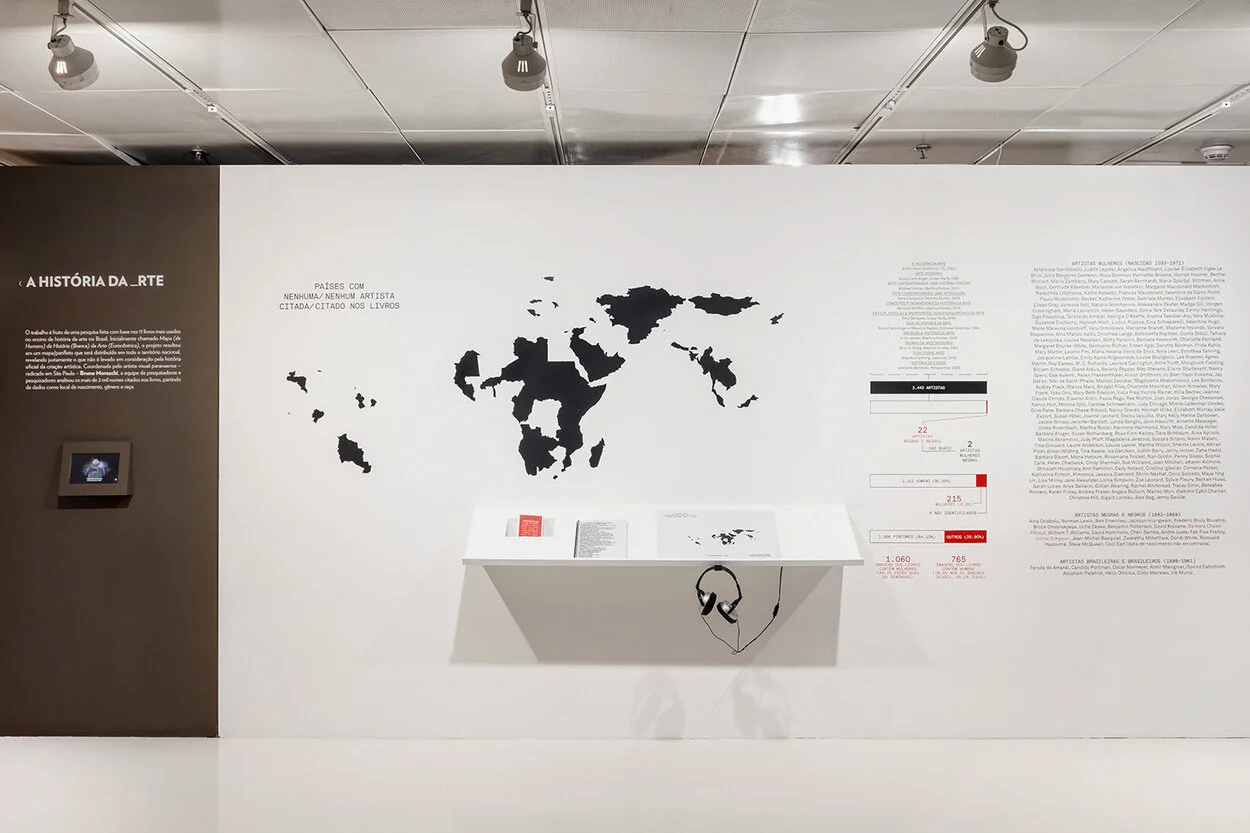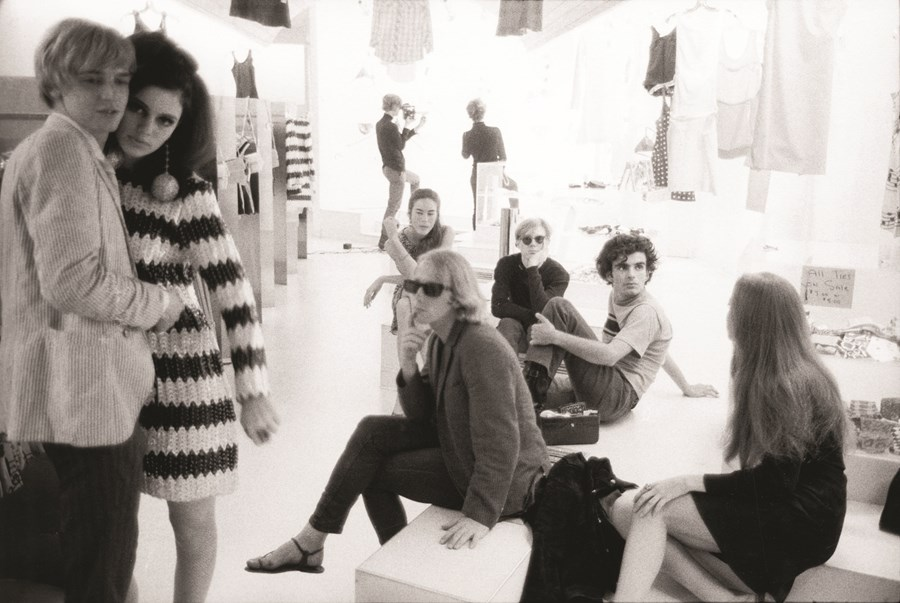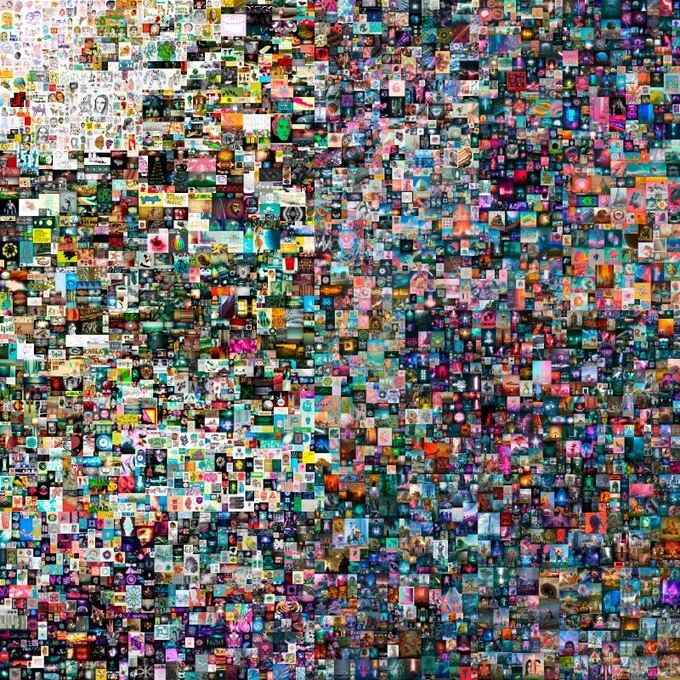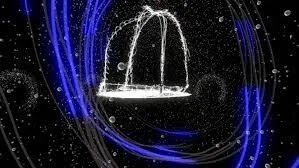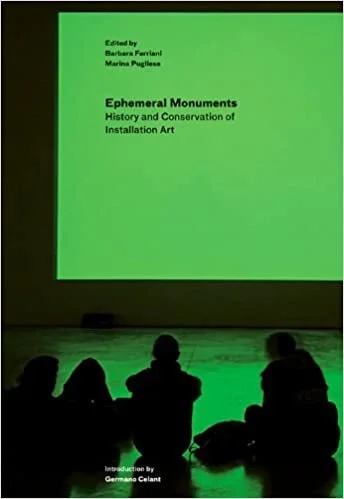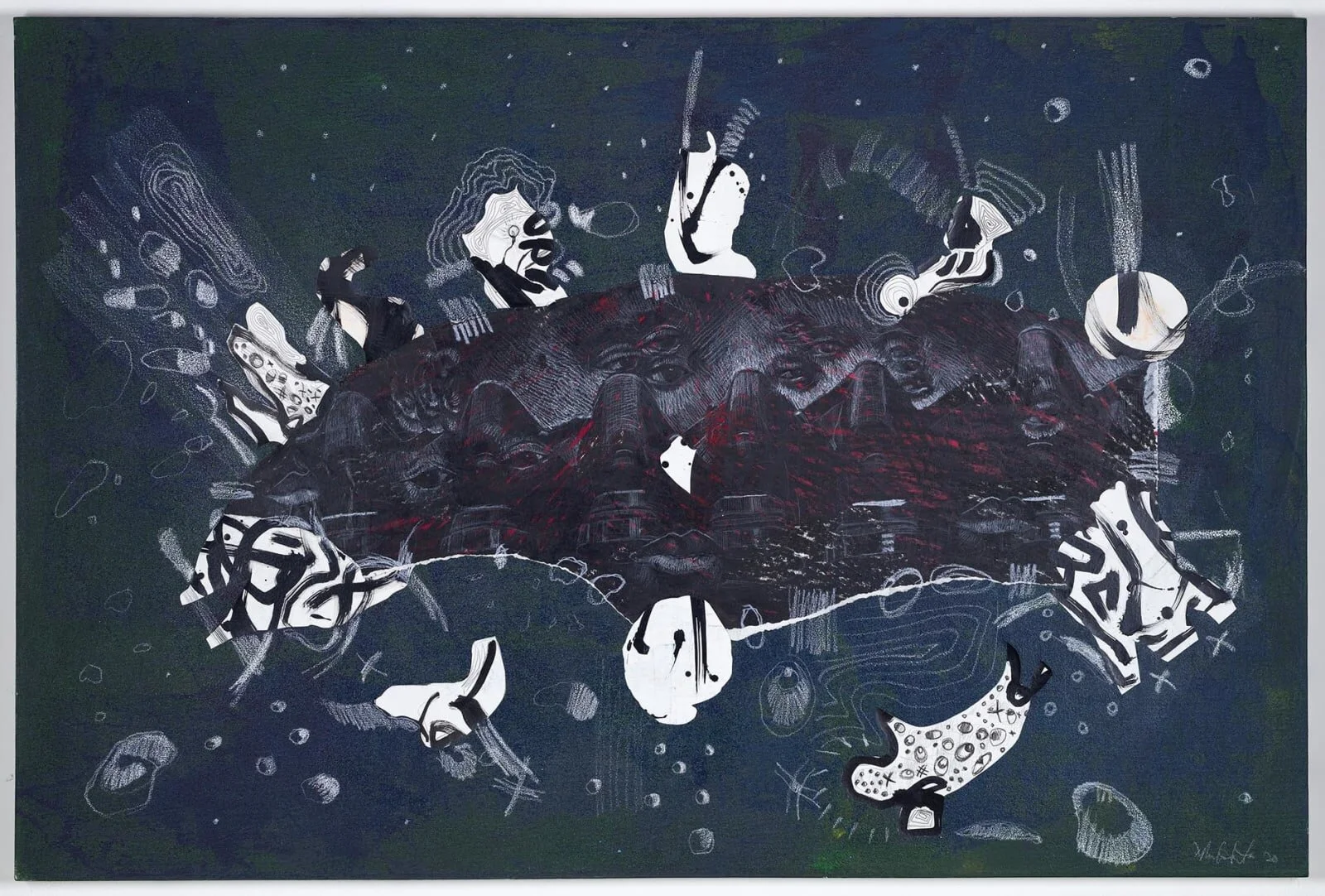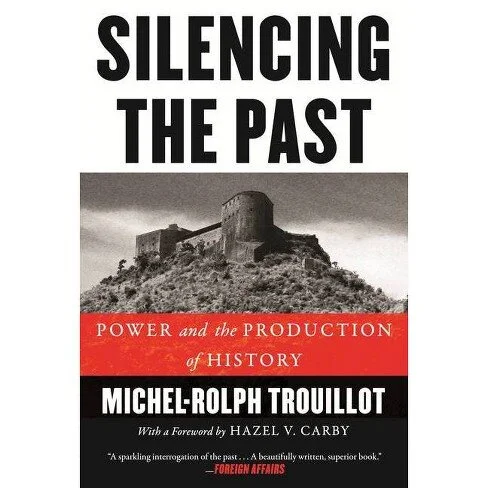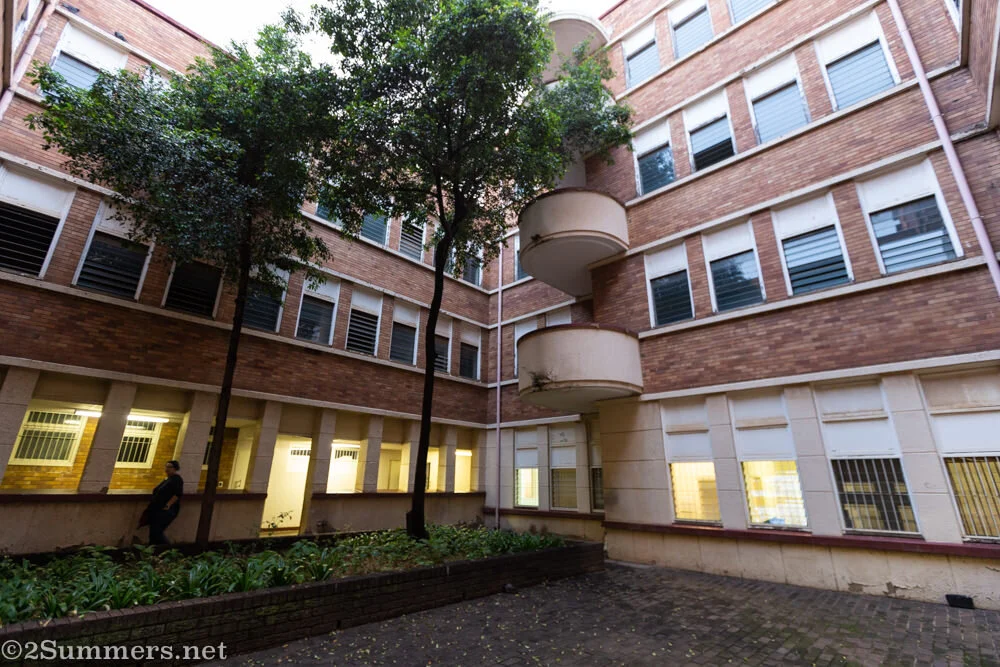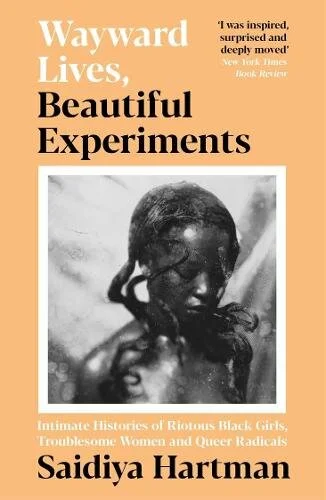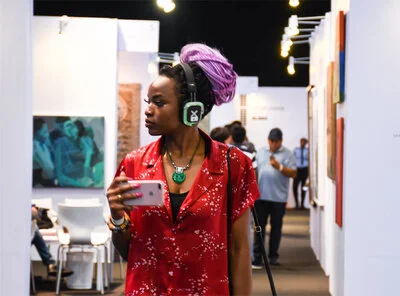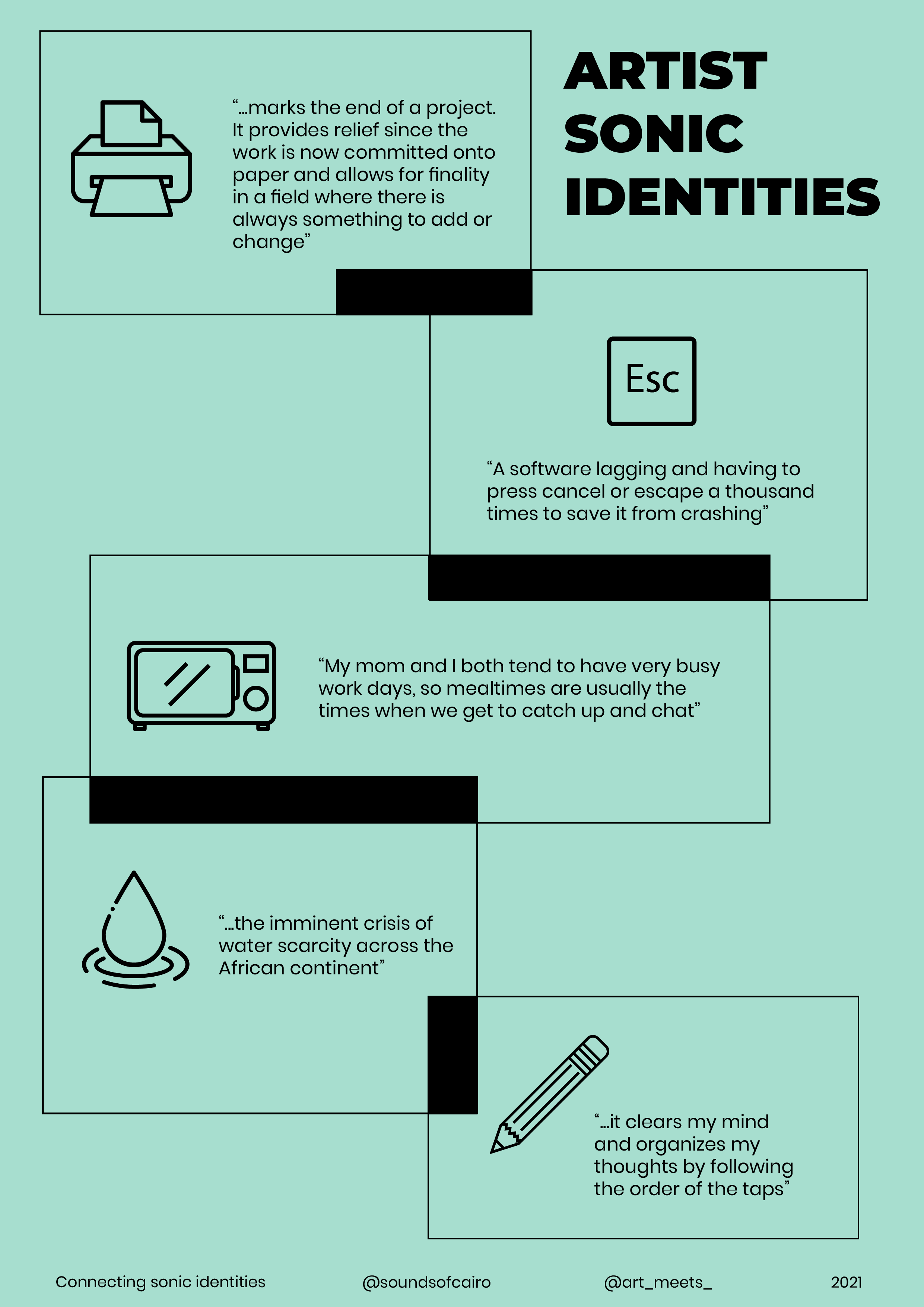Art Meets
project team
Hosting the Art Meets app sessions_Michaela Limberis, Tammy Langtry and Precious Mhone
In the midst of the 2020 heavy lockdown restrictions in our respective countries, our team were in endless Zoom conversations on the global pandemic, the fourth industrial revolution and art’s response. We wondered how we could be of use and what other art communities had to say.
The Prince Claus funded research project looked to realise new art communities and connect existing art communities across digital platforms, questioning the role of collaboration in art, and tech’s role in art. We waded through personas, (necessary) opposing definitions of art and connectivity lapses to explore what our previously piloted app could do in this moment.
Included in a series of online discussions, this project invited participants who are engaged in the visual arts industry in various contexts, to talk to us for an extended period of time. We tested their digital fatigue (and how much they liked us) but also deepening our awareness of the gaps that technology could jump, and the hurdles still to be overcome when it comes to regional readiness for the 4IR.
The below feed takes you through individual participants statements of concern, influencing readings, participant artworks and commissioned respondents.
An immense thank you to these contributions from Suzana Sousa, SoundsOf, Naadira Patel, Lerato Motshwarakgole, Leo Makgekgenene, Kim Karabo Makin,Mike Mavura, Hanna Mahomed, Phokeng Setai, Timothy Leibbrandt, Emmanuel Ngwira, Ronald Muchatuta, Feni Chulumanco, Candice Allison, Sven Christian, Ukhona Mlandu, King Debs, Thero Makepe, Oyindamola Fakeye,Gcotyelwa Mashiqa, Richard Mudariki, Pyda Nyariri, Sonya Rademeyer, Thami Majela, Juliana Caffe, Lerato Motshwarakgole, Massa Lemu, Bruno Moreschi, Khanyi Mawhayi, Sara Khan, Tanlume Enyatseng, Bhavisha Panchia, Solomzi Moleketi, Kathy Robins, Nikita Keogotsitse, Njoki Ngumi, Mariapaola McGurk, Ibrahim Mahama, Naadira Patel, Youssef Sherif, Nehal Ezz, Victor Ekhinamenor, Gordon Massie, Lethlogonolo Moremi, Tshepo Motshwarakgole, Art Throb
Moving forward: The digital as bridge
text by Suzana Sousa
If I would define the digital as a space, in a geographical sense, and, in geography, spaces have limits and borders, but in the digital, space can represent bridges as they connect us to other spaces. The digital space of Art Meets for me is a bridge, a space that connects different points and makes possible the creation of new spaces that can be both digital or physical. The Art Meets app becomes this bridge between people, ideas, and projects that can generate new elements of knowledge.
The Art Meets team engaged in a series of discussions with professionals from different areas of the visual arts sector to define and identify needs and concerns throughout the continent and abroad, and explore possibilities to develop an app that can address sector needs and concerns. The networking process in this project seemed to me like a micro element for the app itself as these conversations established relationships and bridges through its participants, introducing unfamiliar people and work to new potential collaborators and/or audiences. The themes raised were broad and allowed for an interdisciplinary discussion of the sector although putting excessive responsibility on the app.
a series of failing connections
The amount of needs that came out of this exercise is so broad that the final question for me is if the app should address all of those needs? I feel like going back to the initial idea of an app that would facilitate a connection between professionals in the arts sector in the continent and abroad.
This is in itself such a huge endeavour and exposes several difficulties the sector has on the continent, for instance, the insular feeling of each country’s arts scene and the lack of proper interaction between professionals from the different countries. Most of these connections happen at art fairs and biennials that actually take place outside of the continent. And, networking and communication in the continent has its own set of issues such as language, the high cost of traveling and visas, internet connection and its data and technology costs. I think that an app such as Art Meets can definitely help to overcome some of these challenges as it would allow people to connect to each other and exchange information about themselves and their work.
In my view, there are a few critical aspects that demand closer attention, namely: language and inclusion; education; art as a power structure; global versus local dynamics and public and audiences. In a continent with so many local living languages the issue came up many times in the discussion. I entertained the idea that people could use whatever language they so desired but I am not sure how feasible it would be. I saw in that an opportunity for inclusion but also wondered if this could be an interesting way to reflect the diversity of the continent, an interesting way to say: this is us, as Africans we communicate in these many languages! It would be a way to think about art and our work in our own languages. Maybe in a country like South Africa, where there is a common relationship with the different languages that is not as important but in countries like Angola we have no knowledge areas discussed in our African languages and to be able to do it in the digital space could be very meaningful. Again, feasibility would most certainly be an issue. Education in the arts came up as a discussion topic as well and it is worth to consider the role the app can play in that area. Its obvious role to me is that of a facilitator of knowledge both through art itself by granting a wider access to artistic products and as a facilitator to content producers to promote and distribute to a wider audience. In such a case, access is the main aspect and Art Meets is a great platform to grant access and therefore allow engagement.
Building the
Art Meets app
Which takes us to another important topic: public and audiences. I understand Art Meets as a professional based networking app, however the possibility to have information about events close-by will probably be appealing to a great number of people. An element that was brought up in the discussions is how the access to art is sanctioned by space, the museum space and the gallery space that can alienate certain audiences. The protocols associated with these spaces do not apply to the digital world and this can indicate the possibility to engage new audiences, or at least different audiences to the ones already involved in the sector. This is a two-sided element though, on the one hand there is the potential to attract new audiences by overcoming the protocols associated with art spaces; on the other, there is the possibility to give voice to projects and initiatives that engage new audiences. Which raises the issue of art as a power structure and the opportunity Art Meets has to decide who to give power or how to distribute the power more democratically. I’m happy I don’t have to make such decisions.
The final topic to consider is the dynamic between the global and the local that seems to me to be at the core of the need for an app such as Art Meets. The networking space created by the app is non-geographic in the sense that it is digital which can erase distinctions or hierarchies, forging an egalitarian and democratic space in nature.
From what was discussed, the Art Meets app - by creating a space that showcases the artists and arts professionals and allowing for connections also favours other sector needs such as the difficulty to travel within the continent. In this sense, facilitating access to a great number of professionals and potential collaborators or audiences. Also, the app brings a great deal of agency to professionals as they become responsible for pursuing further connections beyond the digital. This democratising process escapes the market dynamic becoming an interpersonal process between the agents themselves. Another feature that for me came out of the discussion is the archiving possibilities of the app, allowing to trace the history of artists and other professionals by the work they choose to share on the platform. This feature addresses as well the need for visibility mentioned by some of the artists that participated in the conversations. At the same time there seems to be a risk of the app attempting to respond to all of the needs raised and I believe that should be dismissed from the start.
The platform that Art Meets proposes will be magnified by its users and their own creative use of its possibilities and this is a productive part of the kind of interaction digital spaces concede us. The community engagement was able to show the huge space for digital solutions in the arts sector in Africa and abroad, however, the digital is a tool, and if we acknowledge its limitations it also allows us to go beyond them and distinguish what is doable in the digital and what should necessarily assume other forms or demands for other solutions.
“We spend so much time educating people so we can validate what it costs”
“When it’s not about money, what is it about? ”
Monna O Montsho_Thero Makepe
Other (a series) IV_Kim Makin
“I think that Instagram’s algorithms are not necessarily beneficial for artists”
Ephemeral Monuments: History and Conservation of Installation Art
00:20:19 Mariapaola: I would like to be involved in developing a creative hub component to the app: where are they; how do they assist creatives / which creatives can get support , etc. This will also help hubs to start connecting with one another. Not sure if the app has this now - we spoke about it a while ago and I haven't checked.
01:45:50 Phokeng Setai: Why should people collect art?
01:47:35 Phokeng Setai: if it is about preservation, the artist can make and they can preserve the piece themselves… donate works to institutions…
01:51:09 Phokeng Setai: in the same way biennials are tied to mandates of nation-building, what does collecting mean for a nation’s cultural identity?
01:53:13 Tammy Langtry: ‘Faith in the system’ is maybe your answer
Connecting Sonic Identities
An audio-visual experience by Nehal Ezz and Usef
Sound plays an important role in our lives, whether in culture, history, or the perception of our environment. In the film industry; sound design and the quality of the sound itself can make or break the film, even with an outstanding storyline and cinematography. There are several ways an individual could express themselves and their culture. We think that sound and our soundscape is one of the most interesting aspects.
We wanted to explore the significance of sound in African artists’ personal identities and their professional identities and the element of relatability in relevance to sound. Many of us have a favorite color, ice cream flavor, and perhaps a favorite song or film. That’s a conversation that we have all been a part of at some point of our lives; however, do we know what our favorite sound is?
We had two sets of sound recordings, personal and professional. Upon analyzing the personal sounds or the sounds the artists identified with; we received a combination of sounds relevant to their everyday routine, their fond memories with family and friends, sounds that help them relax, ones that are symbolic to them, and a few sounds that were unique to their culture.
We have found that most of the ‘personal’ sounds were significant due to the correlations made to specific life events or memories they had, and not due to what the sound actually represents or its main purpose. For example, an artist recorded the sound of a microwave; to many of us,the sound is correlated with food. However; to this artist, the sound was correlated to catching up with family, where the sound of the microwave is usually heard in the background.
On the other hand, the ‘Profession’ sounds we received were sounds the artist would hear during their workflow process, whether it was sounds they would make or sounds from equipment or machinery. It was interesting to see how artists of the same profession relate to their industry differently.
For instance, one graphic designer recorded the sound of a printer as a marker for a finished project which provided relief. While another recorded the sound of excessively pressing an escape key to stop a software from crashing. The sounds are both relatable to their fields; however, they represent very different ideas and emotions. Another artist recorded the sound of a message tone. For anyone, the sound is correlated with simply receiving a text; however, to this artist, it represented a potential for a new project and hopeful possibilities.
We visualized the collected sounds without taking away from the sound listening experience. The accompanying descriptions we received gave us insight on the artists’ own perception of the sound. Whether it was perceived in a positive or negative way and what parts of their lives the artists considered significant or identified with, which we used as a blueprint to portray their ideas.
The accompanying illustrations in the background were minimal and the approach was unique to each sound. The illustrations were also treated as a texture to be imprinted onto the 3D space. Much like the particle system, the illustrations were tailored to the audio files; in terms of appearance and blending to the environment, all through a minimalist mindset to ensure a faithful portrayal, and an immersive experience.
It was remarkable to see how the sounds we usually hear in our everyday lives carry a certain idea for us; however, to another person, it might represent something completely different. The correlations we make through our own unique experiences contributes to our perception of the sounds around us. This project hopes to open a door for Artists to explore their unique soundscapes and open up a conversation about our varied perceptions of the sounds around us.
Special Thanks to the contributors to the Sonic Identities project:
Reem Hasebou - Mariam El Dessouky - Xopher Wallace - Kathy Robins - Limited Frequencies - Kenzy Osama - Thero Makepe
